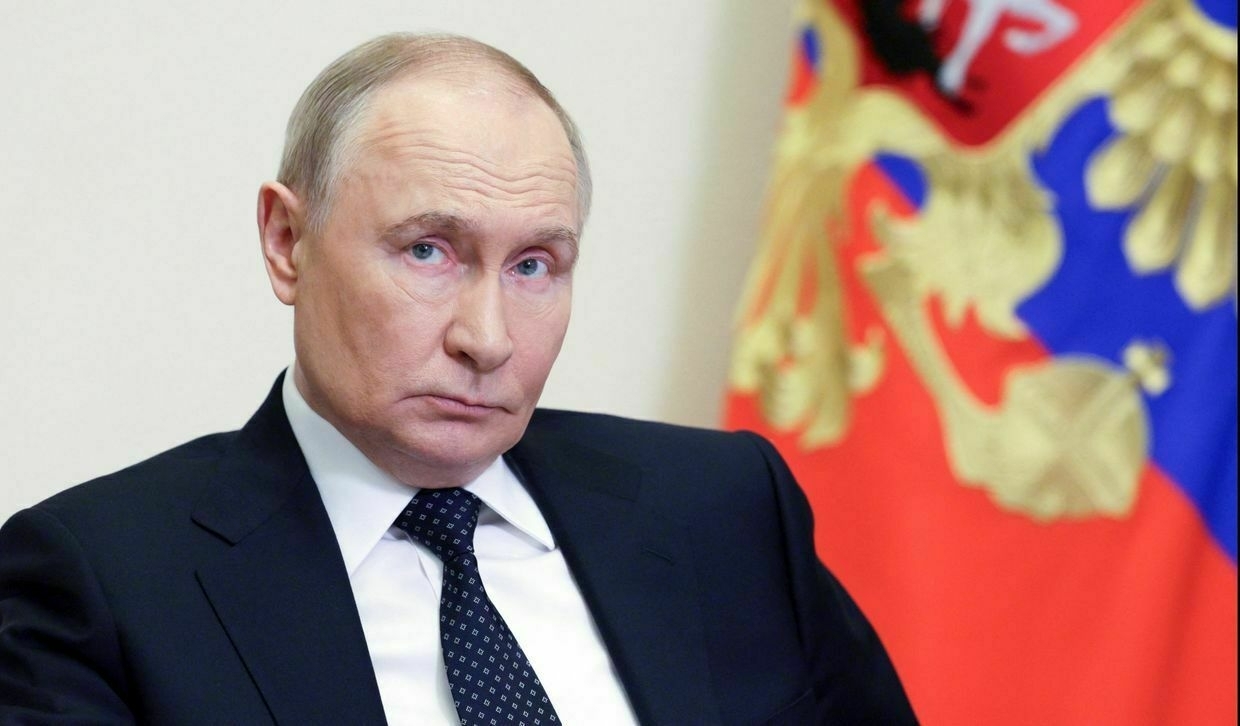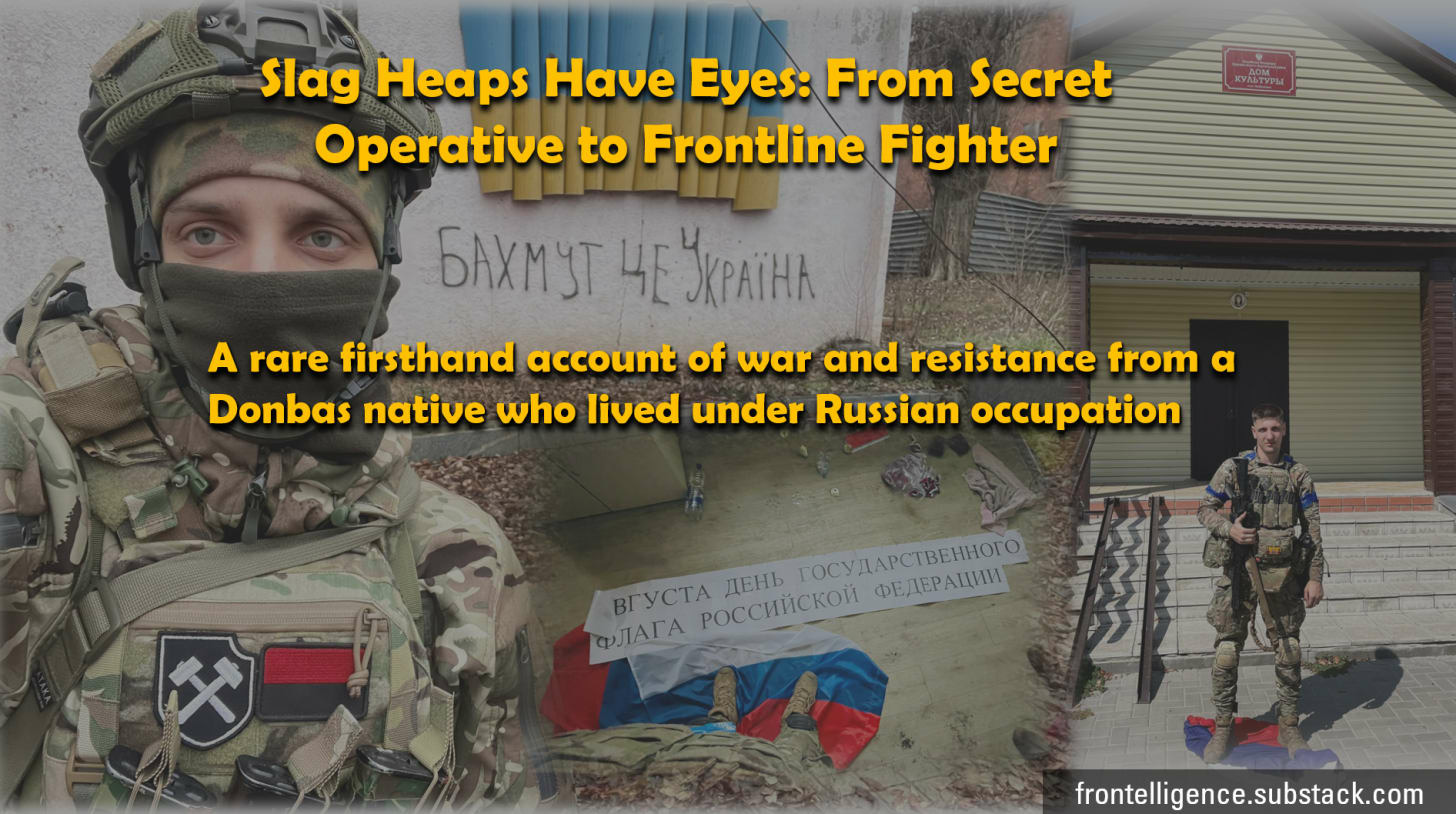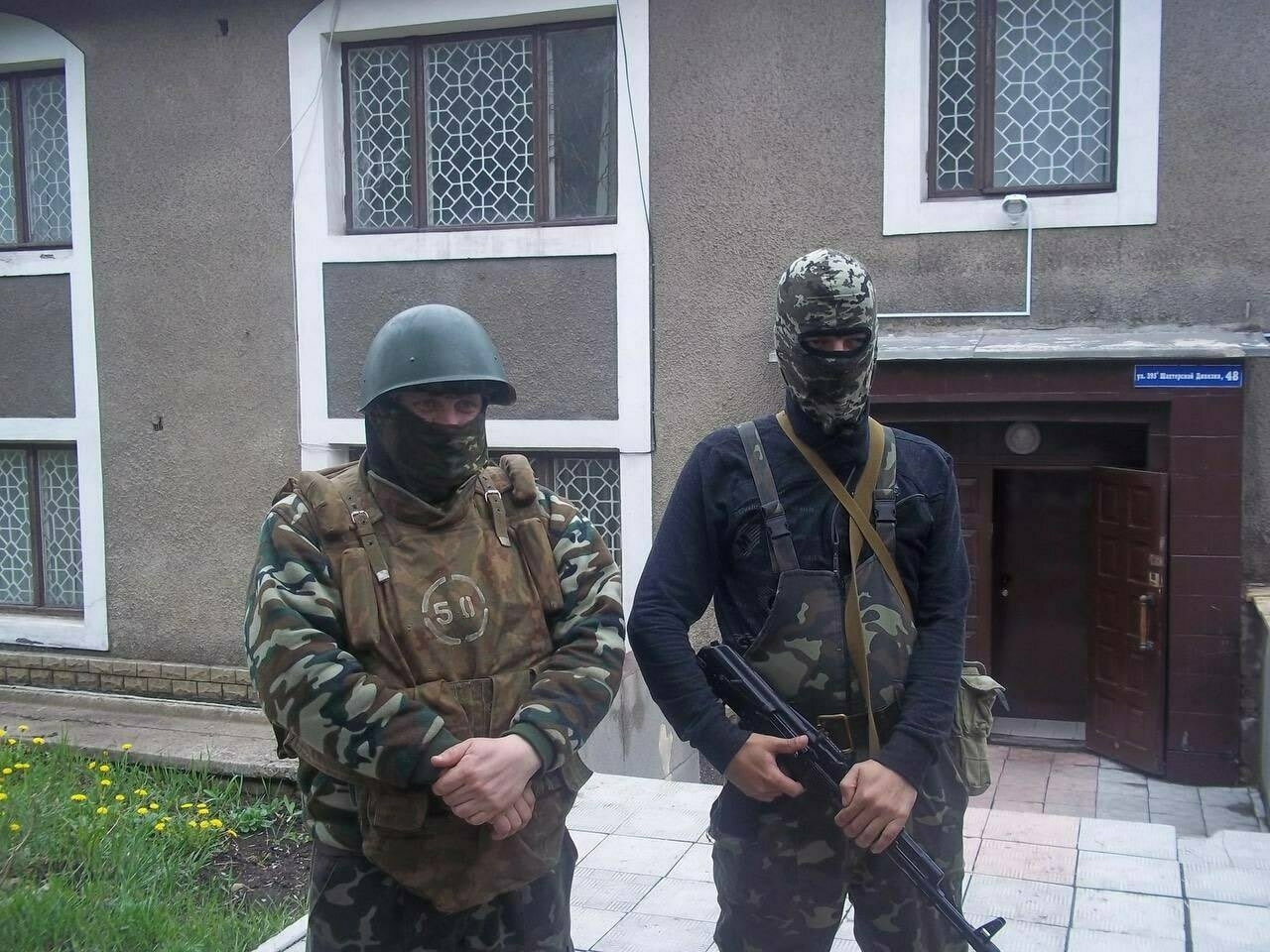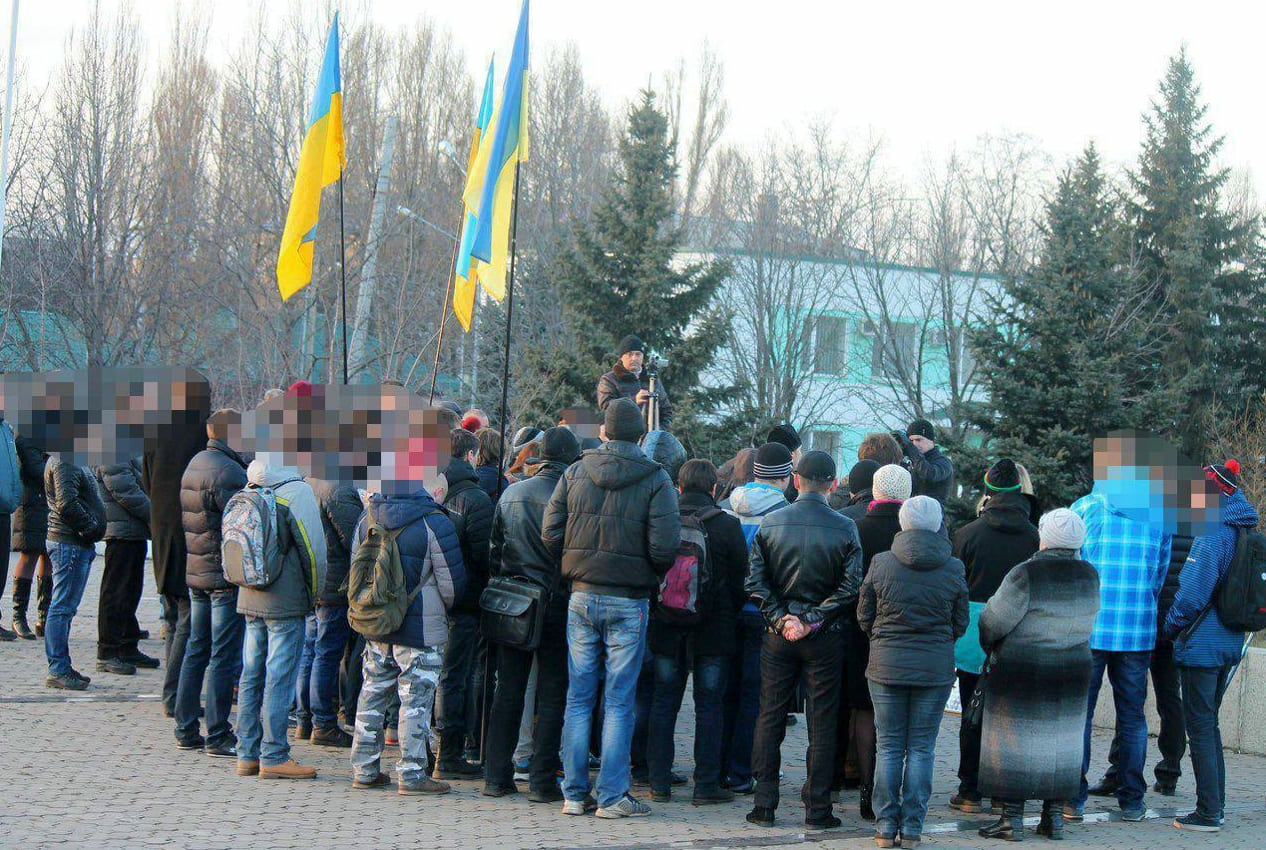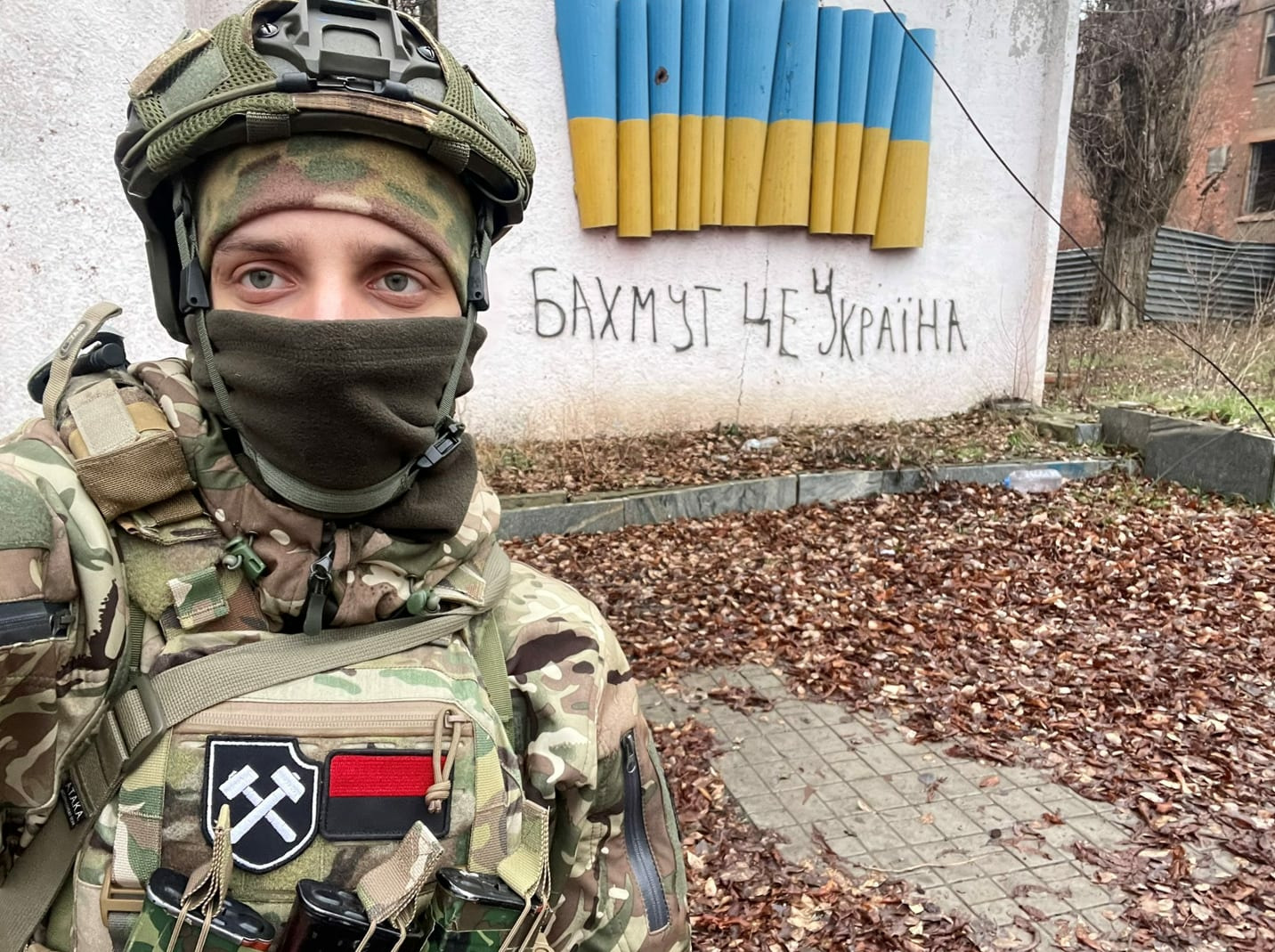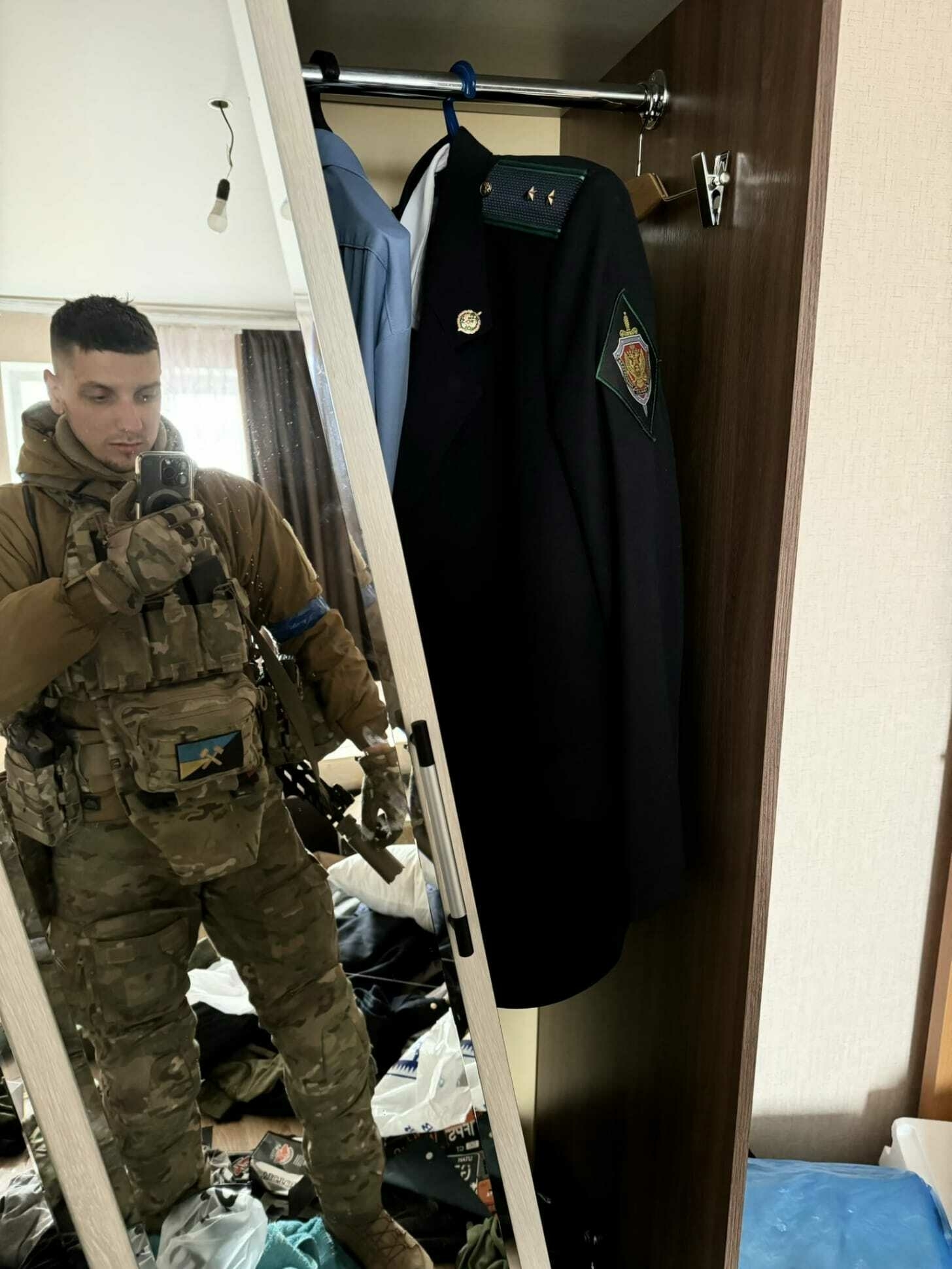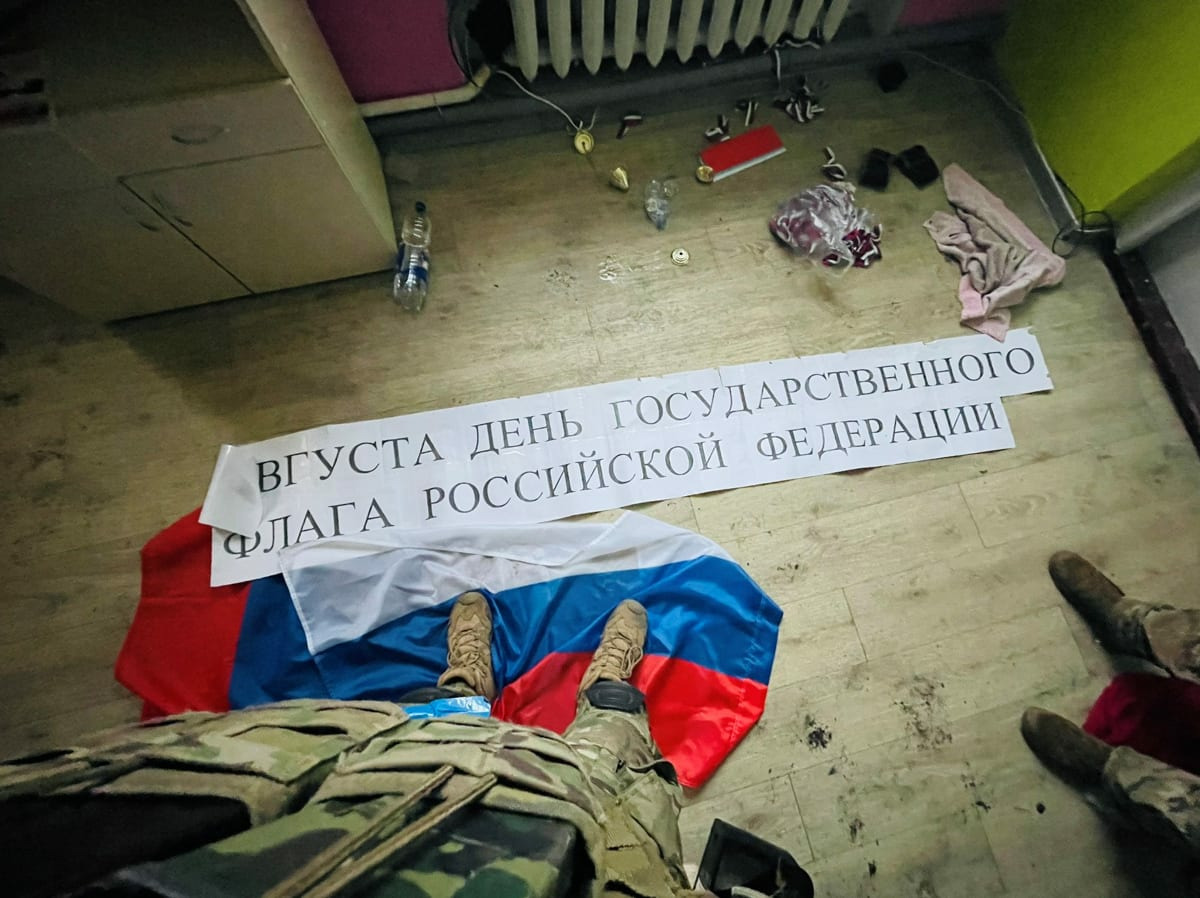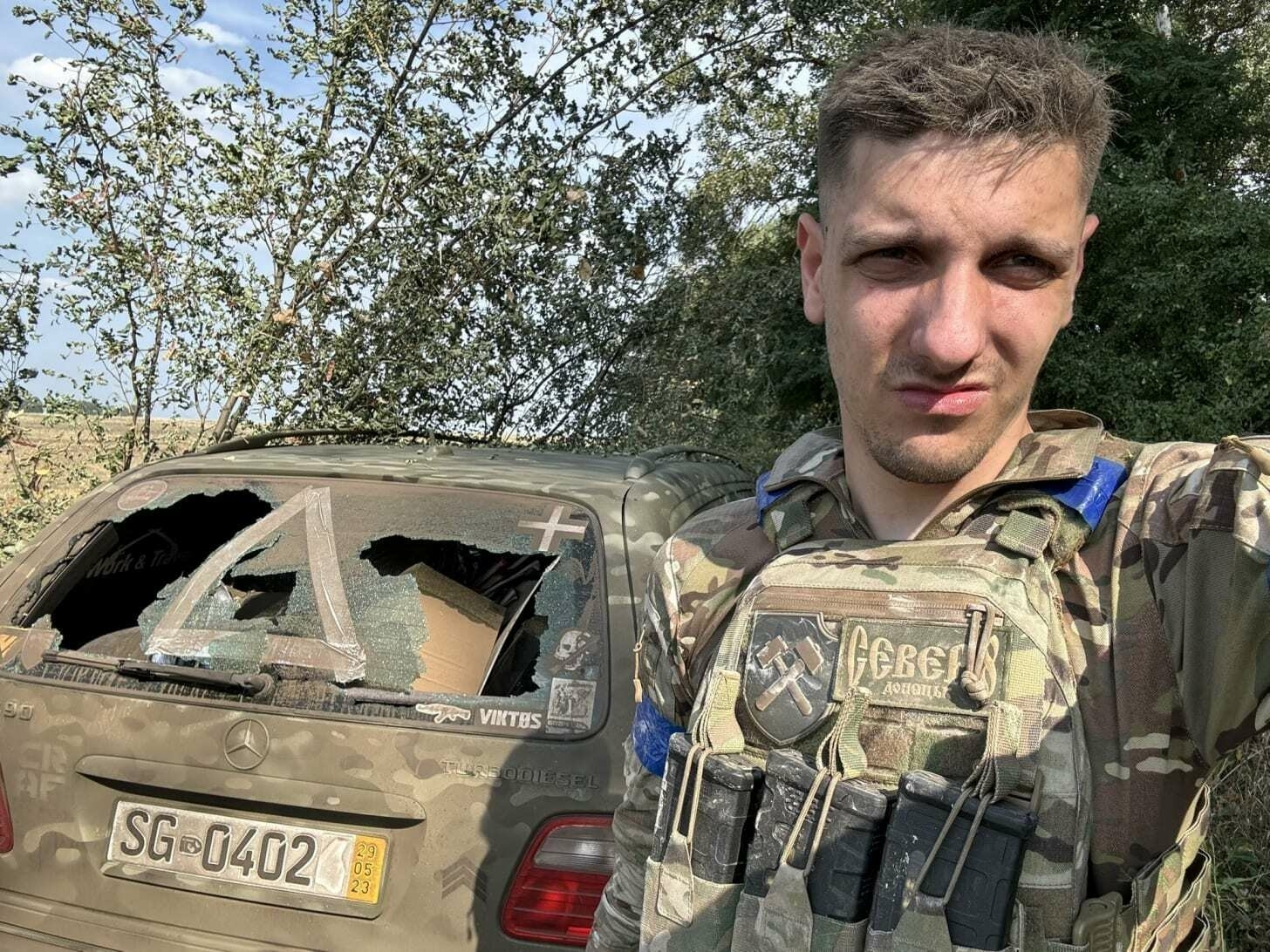-
Pro-Palestinian activists reportedly destroy military equipment intended for Ukraine
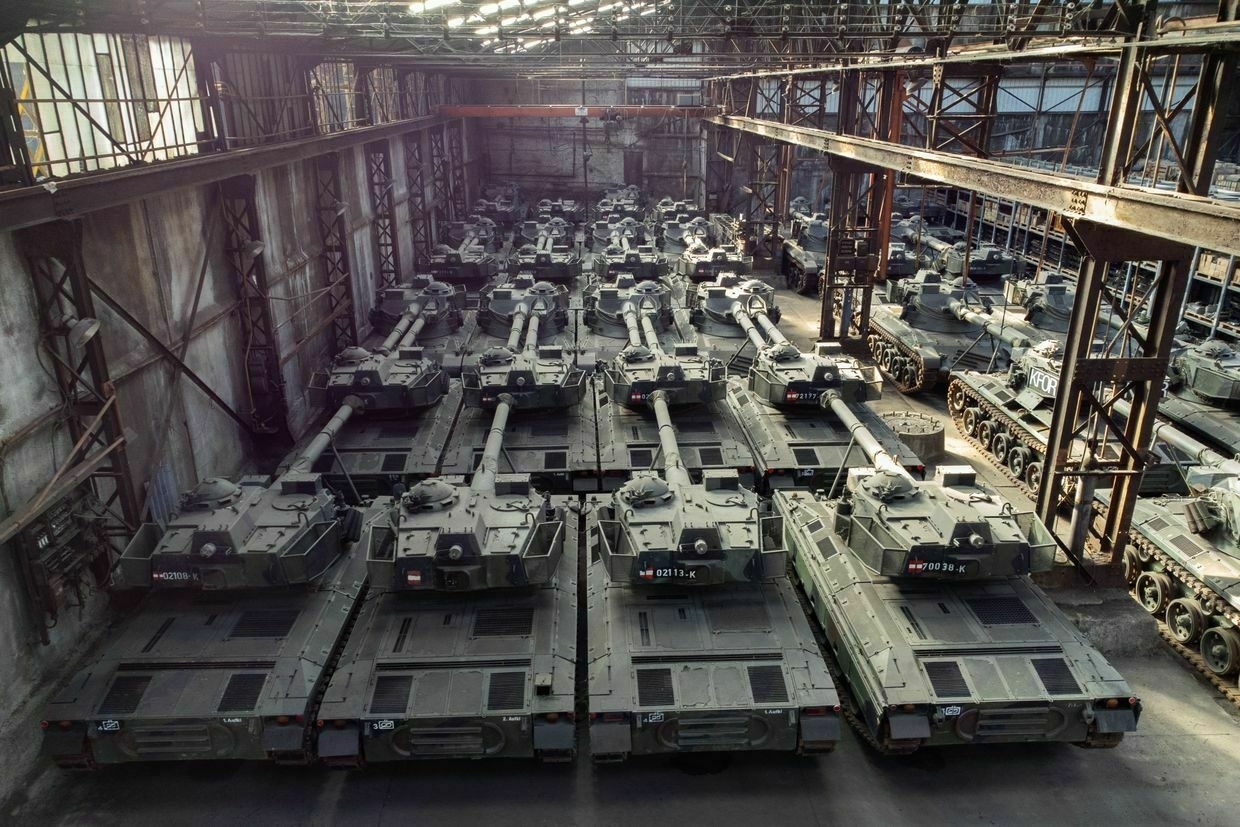
Around 150 pro-Palestinian activists have broken into a storage facility and damaged military equipment intended for Ukraine, the Belgian news outlet 7sur7 reported on June 26.
The facility belongs to OIP Land Systems, a company that produces military equipment for Ukraine. The activists reportedly thought the equipment would be supplied to Israel.
The activists, who were wearing white overalls and masks, took part in the Stop Arming Israel campaign. The protests seek to pressure Belgian authorities to maintain the military embargo against Israel and impose sanctions on it.
The protesters, armed with hammers and grinders, first entered the company’s offices, where they smashed computers, and then broke into the hangars, where they severely damaged some vehicles, Freddy Versluys, CEO of OIP Land Systems, said.
Since the beginning of the Russian invasion, the company has supplied the Ukrainian army with about 260 armored vehicles. The damage caused by the activists' actions is estimated at $1.1 million, according to 7sur7.
“A further delivery has now been delayed by at least a month. That’s all these Hamas sympathizers will have achieved with their action,” Versluys said.
The company was reportedly targeted by pro-Palestinian protesters because Elbit Systems, an Israeli defense company, owns it.
Protesters believe that Elbit supplies 85% of the drones and most of the ground military equipment used by the Israel Defense Forces, 7sur7 reported.
Yet, the OIP Land Systems CEO claimed that his company has not produced defense systems for Israel for over 20 years.
OIP Land Systems has provided defense products to Ukraine on several occasions, including Leopard 1 tanks, which are manufactured at the Tournai plant.
With no new US aid packages on the horizon, can Ukraine continue to fight Russia?The U.S. has not announced any military aid packages for Ukraine in almost five months, pushing Kyiv to seek new alternatives. But time is running out quickly as Russian troops slowly advance on the eastern front line and gear up for a new summer offensive. “While Ukraine’s dependence onThe Kyiv IndependentKateryna Hodunova
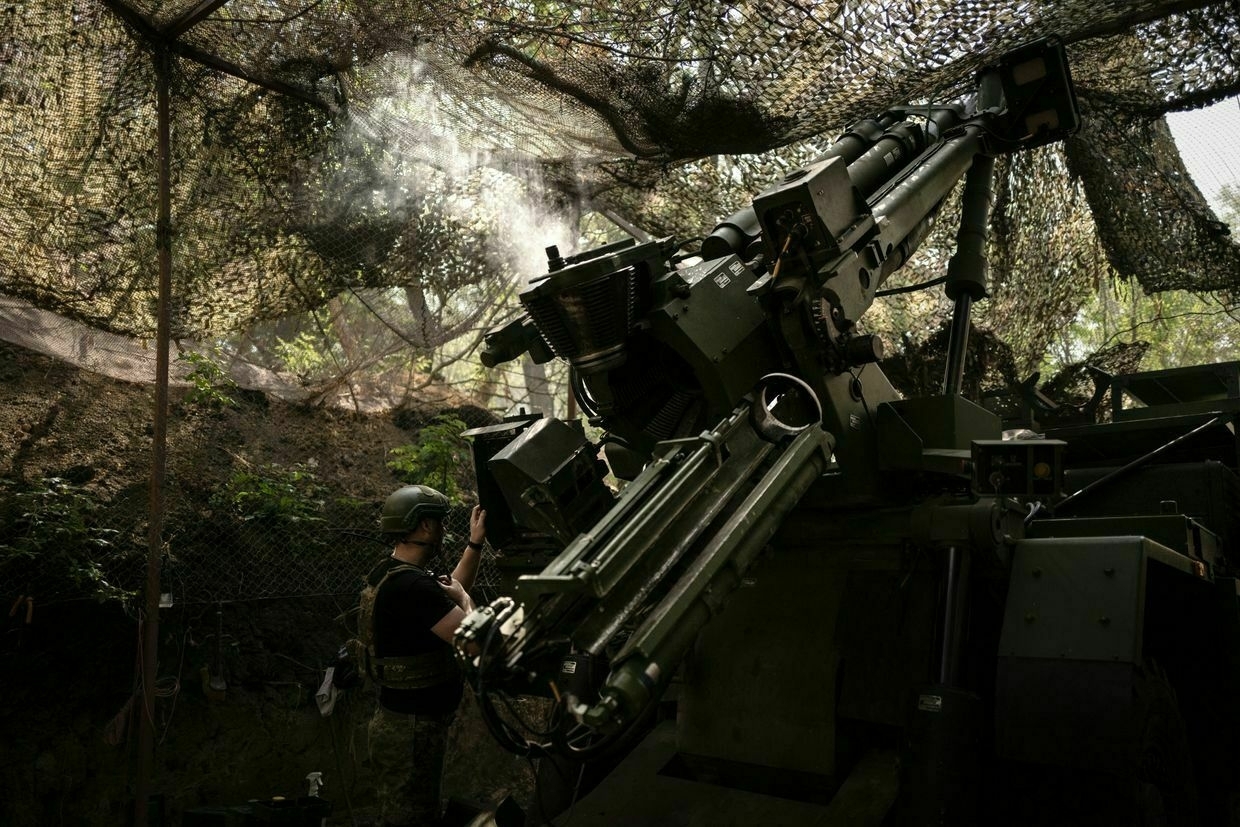
-
Warfare in Ukraine has changed… again

The Kyiv Independent’s Francis Farrell explains a new modification of the standard first-person view (FPV) drone that already once transformed the way war is fought. Fiber optic cable now used to connect drone operators to FPVs ensures a perfect image and control experience all the way to the target — and cannot be spotted by enemy drone detectors.
Unlike many of the full-scale war’s most effective innovations, fiber optic drones were first introduced not by pioneering Ukrainian drone teams, but by Russian forces. As Russia ramps up the use of fiber optic drones amid its summer offensive campaign, Ukraine is racing to catch up.
-
‘We can crack Russia with sanctions’ – Estonian foreign minister says Putin far from victory in Ukraine
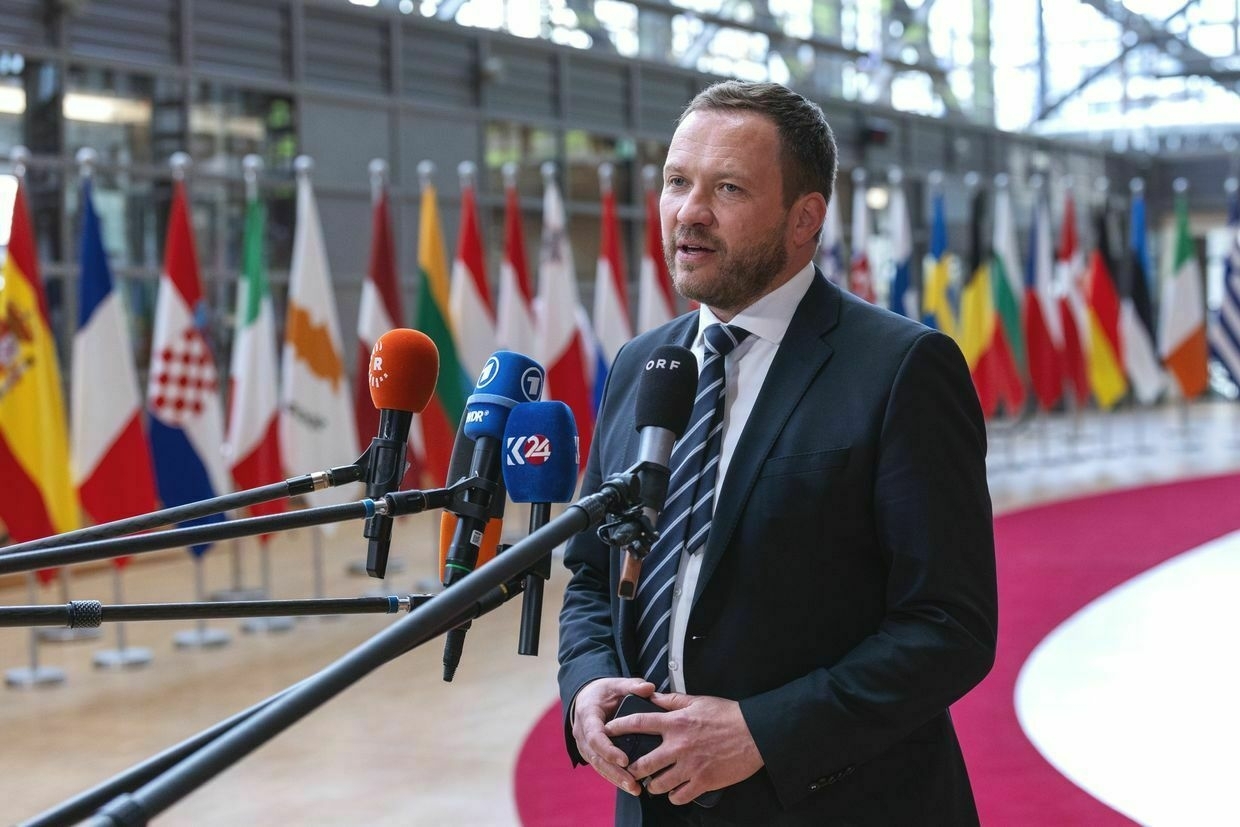
As Russia continues to intensify its onslaught on Ukraine more than three years into the full-scale invasion, Kyiv faces a new challenge – keeping its Western allies, namely the new U.S. administration, engaged in the struggle.
This became clear during the NATO summit in The Hague on June 24-25, where Ukraine was present but took a back seat to the allies' charm offensive aimed at U.S. President Donald Trump.
But some European leaders stress that this does not mean Ukraine is left to fend for itself.
Speaking to the Kyiv Independent on the first day of the summit, Estonian Foreign Minister Margus Tsahkna said this new reality means Europe must take up greater responsibility for Ukraine – and its own defense.
Tsahkna also dismissed the notion that Russian President Vladimir Putin is close to victory in Ukraine, believing the Western allies can “crack” Russia through additional sanctions and steadfast military assistance for Ukrainian defenders.
Rejecting the idea that the alliance is over as we know it because of Trump, Estonia’s top diplomat declared the opposite: “NATO is stronger than ever before."
Editor’s note: This interview was edited for clarity and length.
The Kyiv Independent: For months, NATO allies have said that the overarching goal of military support for Ukraine is to put it into the strongest possible negotiating position. Now, the negotiations have begun, but Russia continues to reject a ceasefire or to compromise on its maximalist demands. Has the strategy changed in light of this?
Margus Tsahkna: Europeans are doing more than before to support Ukraine on a military level. We are also going to adopt the 18th sanctions package at the EU level to put Russia under heavier pressure. But of course, it’s obvious that the only person who is not interested in the ceasefire is Putin.
During these – I don’t know how we can even call them negotiations – Putin has just asked for more and more, and is not giving anything. Of course, an exchange of prisoners of war is a good thing. But it doesn’t mean that Putin wants to have any kind of ceasefire or peace.
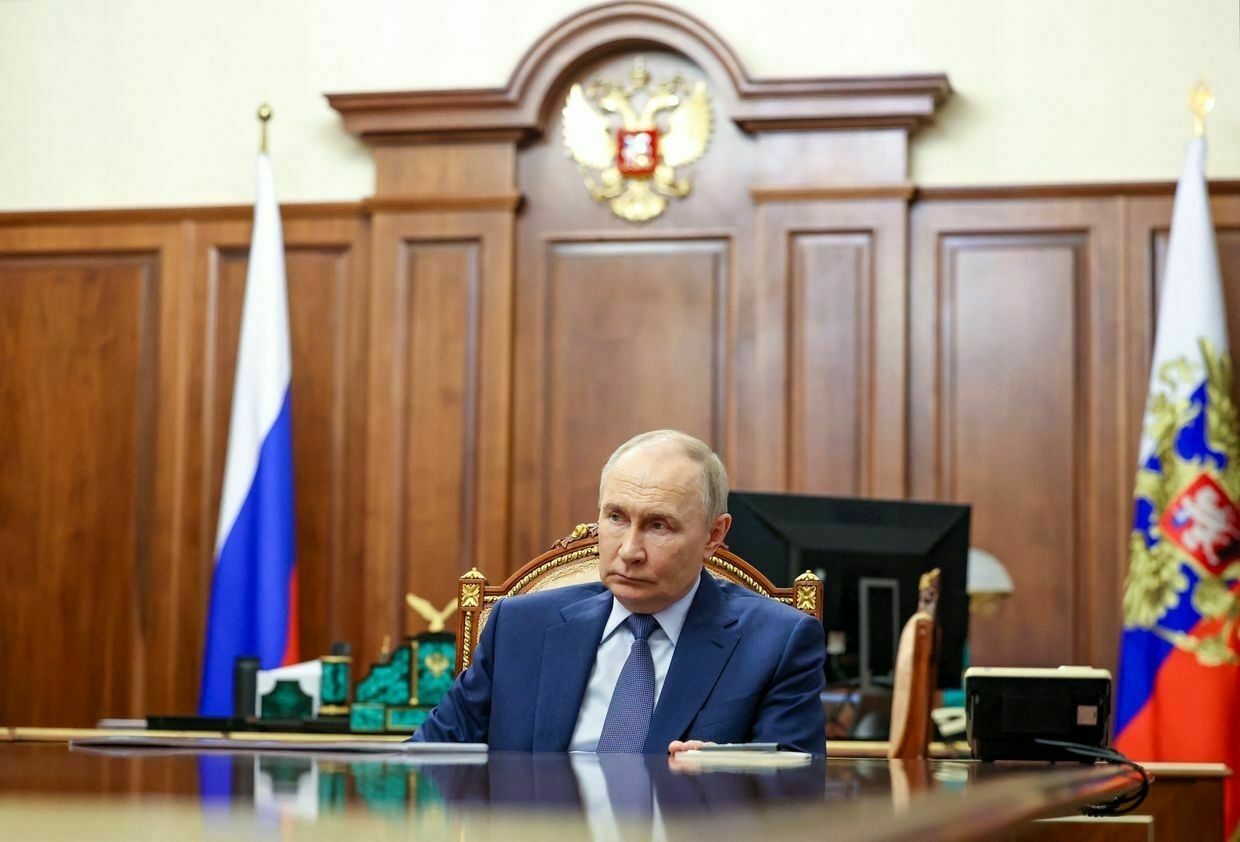
Russian President Vladimir Putin attends a meeting with the children’s rights commissioner in Moscow, Russia, on June 2, 2025. (Gavriil Grigorov / Pool / AFP via Getty Images) What we need to do is very clear: We need to support Ukraine more heavily. We need to reach the 40 billion euros ($47 billion assistance) level from the European side this year, and I think that we are very close to that.
The Kyiv Independent: The allies have been supporting Ukraine for more than three years now, and it has not forced Russia to accept a ceasefire. What has to change on the side of Ukraine’s international allies to actually force Russia to negotiate in good faith?
Margus Tsahkna: I do believe that we can actually crack Russia with more sanctions, by providing more investments and military support to Ukraine, because Ukraine is really strong.
This narrative that Putin wants to present that he is very close to victory and he has been very successful is fake news. Instead of a three-day special operation, Ukraine now has been fighting for more than three years against Russia.
And Russia has not had any kind of strategic breakthrough on the battlefield as well. Russia is terrorizing Ukrainians now by bombing civilians and killing them every night. It is very clear that Putin shows that he doesn’t want to have any kind of ceasefire.
We need to focus on how we can support Ukraine so that Ukraine can keep fighting and not put pressure on it to accept unacceptable conditions.
But our duty is to support Ukraine, which is fighting. I think that it's clear to everybody in the world now.
The Kyiv Independent: Is Europe ready to move forward with these promised crippling sanctions, even if the U.S. seems unwilling to put additional economic pressure on Russia?
Margus Tsahkna: Yes, we just had the foreign council in Brussels yesterday, and we agreed on the main part of this 18th package of sanctions. Of course, lowering the oil price cap would be most efficient. I'm not sure whether this is coming or not.
A couple of governments, such as the Slovaks and Hungarians, are probably blocking this decision. Finding a consensus among 27 countries is really difficult.
But we must make these kinds of decisions as Europe, even if the U.S. is not following. I do hope that, finally, Senator (Lindsey) Graham's sanctions package will be adopted. It includes very direct sanctions against Russia's energy exports, banking, and so on, but also secondary sanctions for those governments that are still dealing with Russia.
We're talking about 500% tariffs on the gas and oil export dealings. But unfortunately, we don't have this decision yet. So we have a long way to go, but every day we need to do our part.
The Kyiv Independent: Does Europe have some kind of contingency plan if the U.S. disengages from peace efforts and the war in Ukraine altogether?
Margus Tsahkna: Yes, Europe must take these responsibilities. And to be honest, we have all the money in the world.
We have $240 billion in Russian frozen assets. And we are pushing heavily, as Estonia, to seize them and confiscate them to finance Ukraine. It's a lot of money for investments in the defense industry, as well as for buying Ukraine new stuff, like air defense systems. But we are not still there.
The Kyiv Independent: During the 2024 NATO summit in Washington, there was a pledge that Ukraine's path toward membership is irreversible. And we heard this pledge reiterated today by Secretary General Mark Rutte.
At the same time, the current U.S. administration has quite openly spoken out against Ukraine's accession. And it seems that the invitation for Ukraine is not even on the agenda of this year's summit. How would you explain to Ukraine that this pledge of irreversibility is not simply political convenience or rhetoric?
Margus Tsahkna: It is not rhetoric. But it's true that the U.S. is against the invitation now.
Estonia's and many others' position is that we see full NATO membership as the only working security guarantee for Ukraine and our region.
This is the most efficient, the most pragmatic decision. It may be impossible right now, but in the future, it will happen. I'm sure about that.
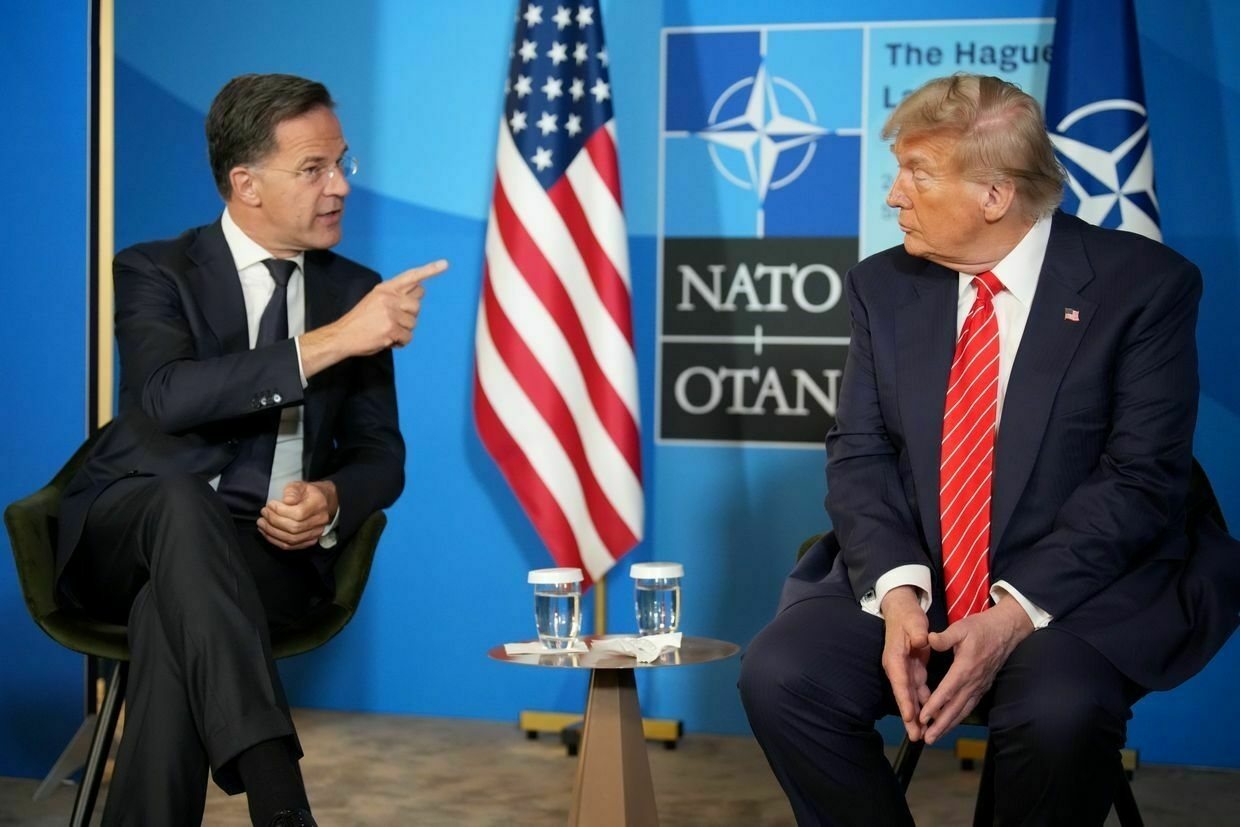
NATO Secretary General Mark Rutte (L) and U.S. President Donald Trump (R) speak to the media in The Hague, Netherlands, on June 25, 2025. (Andrew Harnik / Getty Images) But now we have a hot war situation there. We need to focus on how we can support Ukraine so that Ukraine can keep fighting and not put pressure on it to accept unacceptable conditions. We're talking about sovereignty and territorial integrity. We're talking about the principles of independence.
The Kyiv Independent: Today, there was a massive Russian attack on Dnipro. A day ago, there was another deadly attack on Kyiv. Russia has also launched a new offensive in Ukraine's east. On the other hand, a new conflict is also escalating in the Middle East. Should Ukraine be worried that it will lose the allies' attention when it needs it the most?
Margus Tsahkna: There is always a concern that if a new war opens somewhere in the Middle East, attention will go there. But I can assure you that Europe is taking very seriously its support for Ukraine because there has been a huge change of mentality here.
Everybody understands that an attack against Ukraine is an attack against us as well. Ukraine belongs to Europe.
Europe has been like an old, lazy cat who was just waiting for something bad to happen, and the U.S. would come and solve the problems.
I'm sure that we will continue to support Ukraine, and there won't be any kind of loss of attention. Of course, if you watch the media, if you see politicians commenting on some topics, the number one topic is the war between Iran and Israel. But we need to concentrate our attention on Ukraine.
The Kyiv Independent: Are you worried that if NATO doesn't act decisively and strongly enough to stop Russian aggression in Ukraine, Russia might be eventually tempted to launch aggression elsewhere, for example, Estonia?
Margus Tsahkna: Absolutely. This has been our story since 2014, or even before, when Russia invaded Georgia in 2008. And we said very clearly that Russia won't stop.
And to be honest, Putin cannot stop. Putin is a warlord. And for him, this fight is already existential. He just cannot stop the war.
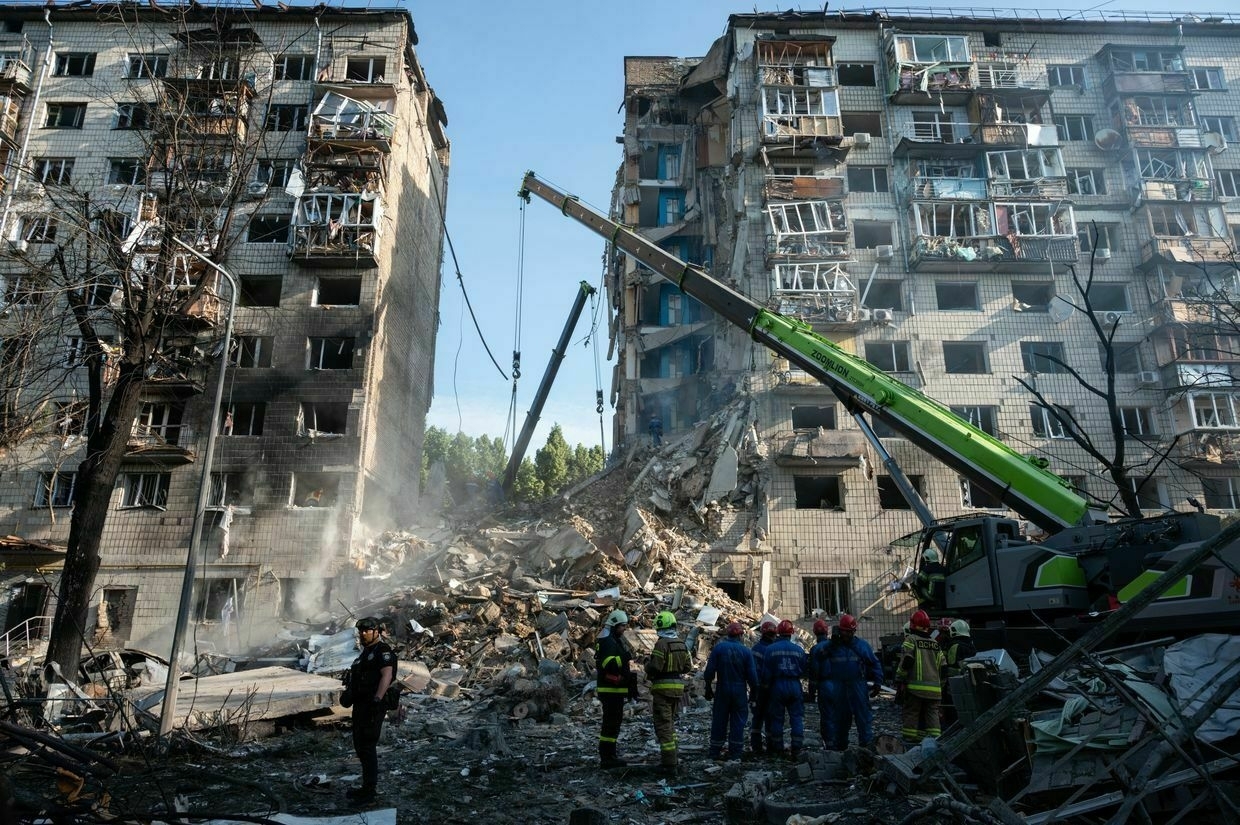
A view of a residential building partially collapsed by a Russian attack in Kyiv, Ukraine, on June 17, 2025. (Danylo Antoniuk / Anadolu via Getty Images) 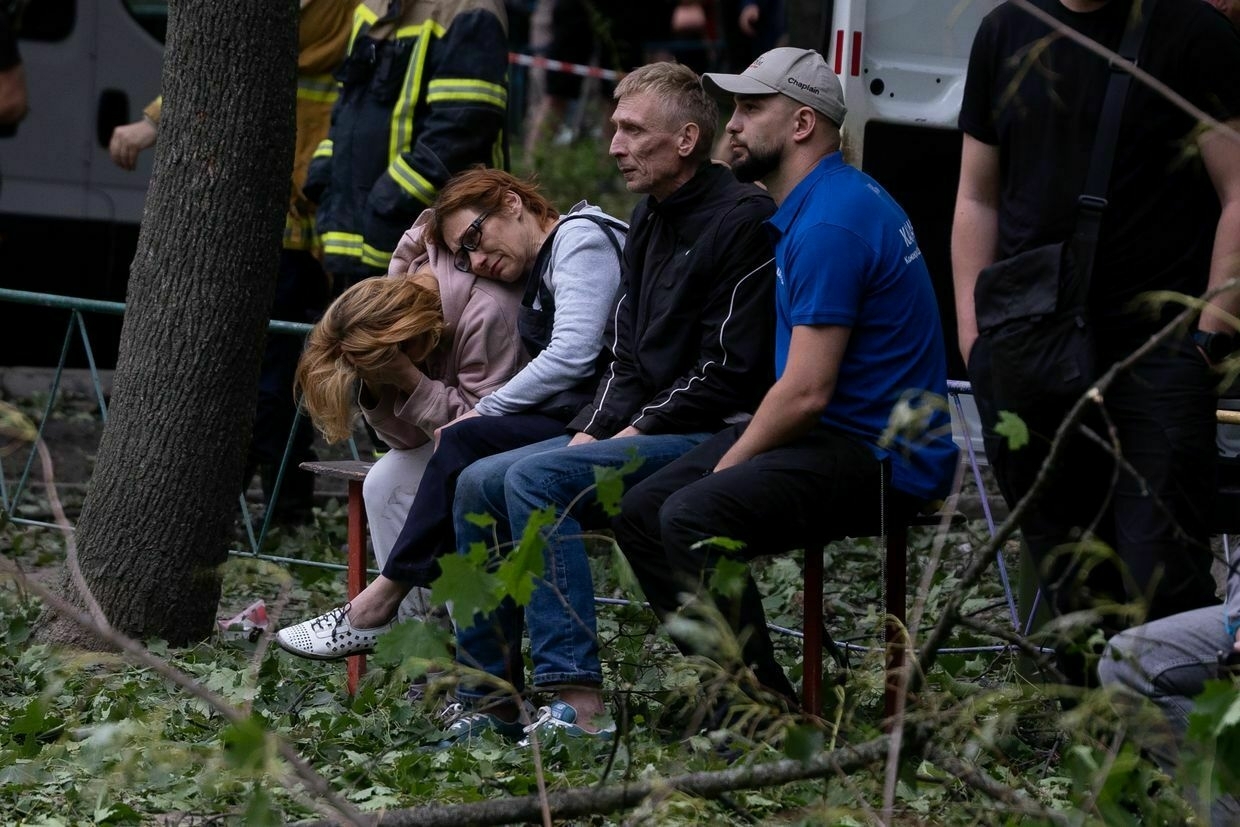
Parents wait while rescuers search for their missing son in the rubble of a partially collapsed residential building after a Russian drone-and-missile attack in Kyiv, Ukraine, on June 17, 2025. (Oleksandr Magula / Suspilne Ukraine / JSC “UA:PBC” / Global Images Ukraine via Getty Images) And that's why we need to support Ukraine. Ukraine is fighting not only for itself, but also for us, but also instead of us. Most leaders in Europe understand this.
To be honest, Putin revealed his plan already in 2008 at the Munich Security Conference. It was about the restoration of the Soviet empire – and he's really committed to this plan.
So the Baltics and the Nordics understand this. Maybe some others don't believe it, but it's our job to convince them.
The Kyiv Independent: As a country on Russia's borders, how do you view the signals from the U.S. that they are shifting their focus away from Europe and their plans to decrease military presence on NATO's eastern flank?
Margus Tsahkna: Let's see what the review of the plans will be. Because the U.S. understands as well that the troops in Poland and the Baltic states are keeping and securing the peace.
But President Trump has said very clearly that he will be committed to NATO. But of course, I totally agree with President Trump – and also previous U.S. presidents – that Europe must pay more, Europe must take more responsibility for its own defense.
And this burden-sharing that has been here for the last 20 years is not fair.
Europe has been like an old, lazy cat who was just waiting for something bad to happen, and the U.S. would come and solve the problems.
No, the U.S. may not come to solve the problems if we are not committed. So this is exactly what you see at this NATO summit.
The Kyiv Independent: There have been many voices after President Trump took office and after Vice President JD Vance’s speech at the Munich Security Conference that NATO, as we know it, is gone. Do you agree with that?
Margus Tsahkna: No, NATO is stronger than ever before. We have Finland and Sweden, new members within our region, in NATO. We see that all the member states are investing more heavily (in defense).
But I also see this change on a political level. In Germany, a new government has declared very straightforwardly that it will create the strongest army in Europe. They have plans and money for that, so I think NATO is actually stronger than it was five years ago.
Note from the author:
Hi, this is Martin Fornusek. I hope you enjoyed this interview.
Our team strives to bring you the most interesting discussions with politicians, experts, and other important voices with insights on Ukraine's history, politics, and its resistance against Russian aggression.
We wouldn't be able to do so without the support of readers like you. To help us continue in this work, please consider becoming a member of the Kyiv Independent's community.
Thank you very much.
Trump gets king’s treatment at NATO summit while Ukraine sits on the sidelinesTHE HAGUE, Netherlands — As NATO leaders convened in The Hague for a two-day summit on June 24–25, allies and Kyiv braced for the first annual meeting since U.S. President Donald Trump’s return to office. With the Israel-Iranian conflict dominating the news and the summit agenda focused onThe Kyiv IndependentMartin Fornusek
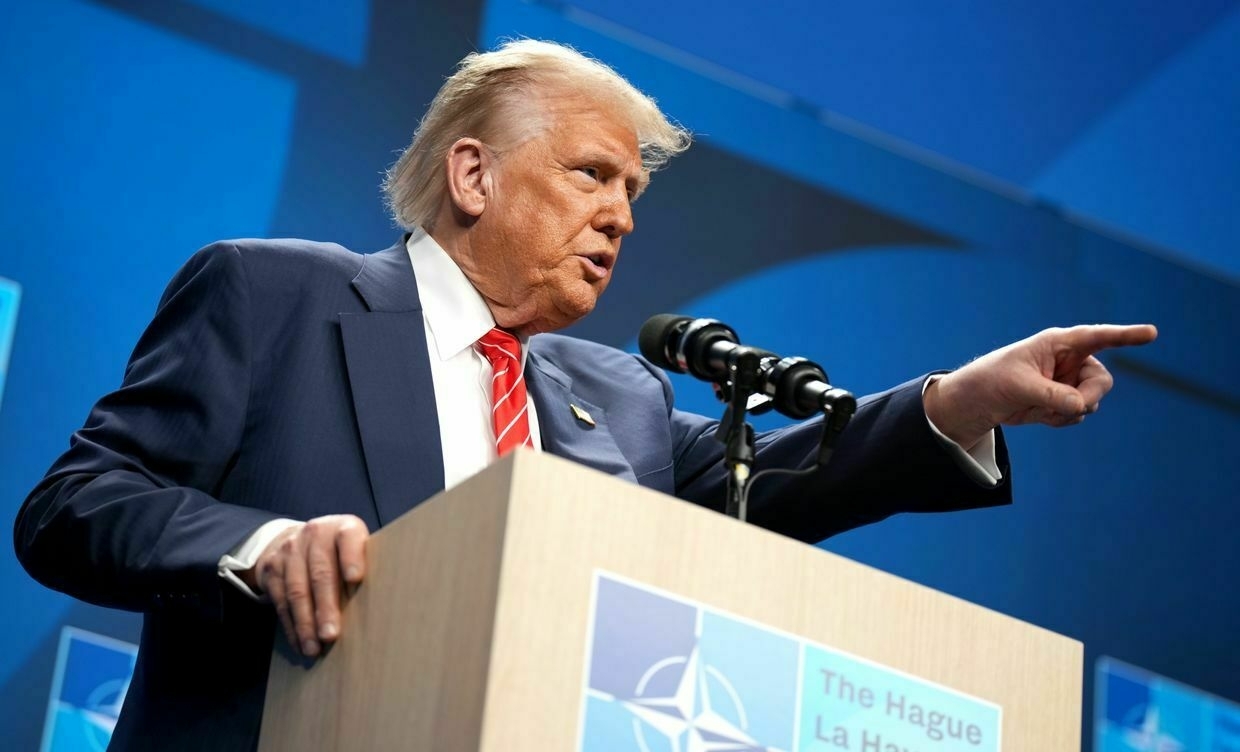
-
Slag Heaps Have Eyes: From Secret Operative to Frontline Fighter
A native of Donbas and veteran of Ukraine’s fiercest battles, Artem Karyakin, better known by his nom de guerre, Skhidnyi, offers his firsthand view from the front lines of the war. For years, he operated in secrecy as a spotter for Ukrainian intelligence deep inside occupied territory. When the full-scale invasion began, he joined the ranks of the Ukrainian forces and has since fought without pause - from the defense of Kyiv to the grinding battle for Bakhmut and the incursion in Kursk.
In this special interview, Artem Karyakin traces the origins of the Russian occupation in Donbas, weighs the prospects for reintegration of lost regions, and recounts what the battle for Kursk truly looked like on the ground. To continue our efforts to document this war and the experiences and opinions of participants at this historic moment, we are publishing the full interview
1. Frontelligence Insight (hereafter FI): You are originally from Donbas and witnessed the unfolding of Russian aggression in the region. How exactly did it happen, and what were you doing in 2014?
Artem “Skhidnyi” Karyakin (hereafter - A): It’s important to note that the Russians began preparing for the seizure of Donbas well before 2014. This was especially evident to us—the residents of the region. For example, in my hometown of Kadiivka (formerly Stakhanov) in Luhansk Oblast, a certain “Don Cossack” organization appeared in the early 2000s. It consisted of marginal figures dressed in red Cossack hats and carrying whips. It looked strange, as our city had always been known for its mining industry and had no historical connection to the Don Cossacks.
This organization attracted people with chauvinistic views, fanatically devoted to the idea of reviving the USSR and uniting the "Slavic peoples." For instance, in 2012, a march commemorating the Ukrainian Insurgent Army was held in our city, in which I also participated. The march was disrupted when we were attacked by the same Don Cossack group, along with paid activists from the “Party of Regions.” Even back then, these “Cossacks” were confiscating our Ukrainian flags. That moment was very telling.
By 2014, the same “Cossacks” in red hats were seizing government buildings in our city - only now they were armed and operating under Russian flags. Many of them weren’t even born in our city - they came from the Russian Federation, as did some of those who helped them seize power by force in the spring of 2014.
We — the pro-Ukrainian residents of the city — were organizing events in support of Ukrainian unity at that time. Our first event was a memorial rally honoring the “Heavenly Hundred” (Editor’s note: The "Heavenly Hundred" refers to those who were killed during the 2014 protests against the Yanukovych regime in Ukraine). That was in late February 2014. Later, we held car rallies for Ukrainian unity, events on the birthday of Taras Shevchenko, and actively distributed pro-Ukrainian leaflets and stickers around the city, and painted Ukrainian flags.
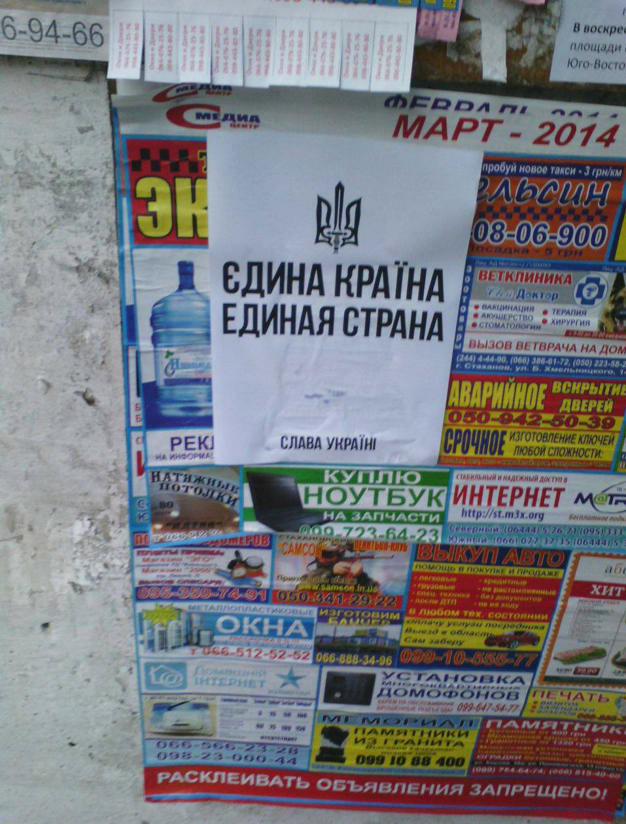
Pro-Ukrainian flyer titled "United Country" pinned to a public notice board, March 2014. Photo shared by Artem “Skhidnyi.” All our activities in the spring of 2014 were dangerous, as there were already armed Russians and local pro-Russian militants in the city.
The point of no return came in late spring 2014, when two young guys — still in school — put up a Ukrainian flag on a slag heap in the center of town. They were fired upon with a handgun for doing so. After that, many pro-Ukrainian residents began leaving the city, as it had become clear that they could simply be killed for their love of Ukraine.
2. FI: What happened to the pro-Ukrainian activists? Are there still people who maintain a pro-Ukrainian stance under occupation?A: I remained in my occupied city until the end of 2021, as did many others who loved Ukraine but, for obvious reasons, could not express it publicly. Today, the situation has worsened for those who support Ukraine in the Russian-occupied cities.
There are still many such people, but they are forced to live in fear, expecting to be arrested at any moment. Russian security services have dedicated significant resources to identifying and detaining pro-Ukrainian residents in the occupied territories. There are constant filtration procedures and ongoing inspections. Special attention is given to public sector workers and even to children. For example, in schools, there are mandatory checks of students’ mobile phones to look for subscriptions to Ukrainian media or messages expressing pro-Ukrainian views.
To love Ukraine under Russian occupation is already an act of courage.
Nevertheless, even today, a large number of true Ukrainians remain in the occupied territories: people who, risking their lives daily, help us in the fight against Russia by sharing intelligence, carrying out sabotage, and participating in other acts of resistance against the Russian army. This is true heroism and further proof that this land is rightfully Ukrainian.
3. FI: You continued to support Ukraine even when your city was already under occupation. What exactly did your activities involve?A: In July 2014, while already living under occupation, I created my first Twitter account. The goal was to shed light on the situation in the occupied territories from the perspective of a pro-Ukrainian resident who hadn’t left their home. At the time, neither people in Ukraine nor the rest of the world fully understood what was actually happening. Many believed that all the locals who had stayed supported Russia. I wanted to show the world that our city was occupied by Russia, and that there were still Ukrainians there who were not happy about it and were waiting for the Ukrainian army.
In addition to general updates, I also posted information about the locations of Russian troops in my city. These were public tweets, sometimes with maps marking where Russian military equipment was stationed. In the fall of 2014, I was contacted via direct message on Twitter by representatives of Ukrainian intelligence services as well as acquaintances from the Ukrainian army. They explained to me that it was better to share intelligence privately rather than posting it publicly on Twitter.
Since then, I began secretly passing on various types of information to the Ukrainian army and intelligence services - details about the movements, positions, and firing points of Russian forces in my city and surrounding occupied areas. Over the years, this also came to include information about factories and enterprises operating under Russian control, the socio-political climate under occupation, local sentiment, and data on collaborators - those who had joined the Russian side in combat or taken positions in the Russian-controlled security services.
4. FI: In 2021, you moved to Ukrainian-controlled territory, and the full-scale invasion began the following year. How did you join the Armed Forces, and what was your first battle?A: From the very first days of Russia’s full-scale invasion, I began looking for a unit where I could fight against Russia. The early days of the big war were chaotic—there was disorganization and confusion everywhere. I was living in Kyiv, and in one of the first days of March, I simply approached some guys with rifles and offered my help. That very same day, I was already standing night watch with Kalashnikov's hand-held machine gun in my hands.
It was one of the Territorial Defense Force units. We took up a defensive position on the outskirts of Kyiv, on the Bucha-Irpin side. In the summer of 2022, I joined the fighters of the 8th Regiment of the Special Operations Forces, where my friend was already serving and had invited me to join his group.
My first combat deployment was in August 2022 in Bakhmut, which at that point was already under assault by Russian forces, including Wagner PMC fighters. Shortly after Bakhmut, we took part in the liberation and clearing of the city of Lyman, in Donetsk Oblast. For me and many of my fellow soldiers, it was our first experience liberating our native land - a moment we will remember forever.
5. FI: You’ve taken part in important operations - both in Ukraine and on Russian territory, specifically in the Kursk region. Did you notice any significant differences between combat operations in Ukraine and in Kursk?
A: The Kursk operation was unique in every sense and differed from my past experiences in Ukraine in many ways. It was in the Kursk region that I first encountered the concept of maneuver warfare, and I can say that, personally, combat along a clear front line is easier for me.
It was also in Kursk where we first faced FPV drones connected via fiber optics and a new Russian tactic—using specialized FPV drone teams to strike our logistics routes from as far as 10–15 km deep. This tactic is now widely used by Russian forces along nearly every front.
In this operation, we also faced the enemy’s best FPV crews, all concentrated in one relatively small sector. These teams had been withdrawn from other areas and redeployed to Kursk specifically.
Another major difference was that, for the first time, we were acting as a “foreign army” in populated areas. Each soldier had their own reaction to that: for some, it felt like justified revenge; others felt a strong pull back toward our own land and a kind of inner resistance to advancing on foreign soil.
I count myself among the former. For me, it was an act of rightful retribution and a way to shift the war onto the aggressor’s territory. Yet I constantly reminded myself that I didn’t want to behave like the Russians did in my hometown. On Russian territory, I acted very differently than they had in ours. To every civilian I encountered in the Kursk region, I explained why we were there, how it all began, and that we simply want to liberate our own cities - not seize theirs.
The Kursk operation was very well planned and executed at the outset, but unfortunately was marred by a series of key mistakes and issues at various levels. These mistakes must be carefully analyzed so they are never repeated. I sincerely hope this experience proves useful in the future—it was unique in many respects.
Regardless, everyone who took part in that operation became part of history. We shattered the myth of the invincibility of a nuclear power and the so-called greatness of the Russian army. We drew significant enemy forces away, slowing their advance on our territory. And we were also the ones who fought against the armies of two different totalitarian states. The experience of facing North Korean forces is also something that sets this apart from the war in Ukraine—even though their tactics in Kursk didn’t differ much from what Wagner used in Bakhmut.
6. FI: Assuming that Russia eventually loses control over Donbas - how do you envision the process of reintegrating these territories? How deeply has Russian propaganda taken root there over the years?A: The most important thing is to drive the Russians out of our land. And with Ukrainians, just like us, we’ll quickly find common ground.
The main issue with those who fell under the influence of Russian propaganda during the occupation is that they know very little about the rest of Ukraine. Many have never been to other regions and know nothing about them. Everything they do know about Ukraine comes from what they’ve seen on Russian TV channels.
Another problem is that Russia created conditions in which every second family in occupied Donbas has lost a relative in the war. This is a direct result of the forced mobilization of men from the occupied territories into the Russian army.
But you have to understand — Donbas, especially the part that’s been under occupation since 2014, is a region where people generally lack any strong civic engagement or passion. Their opinions and actions are shaped entirely by the environment they live in.
If Ukraine returns to these territories, people will quickly adapt to new rules and new flags flying over their homes. And soon, they will realize that life under Ukraine is freer and more breathable. Without the presence of Russian troops, these people would never have fought for the Russian flag. I know them — I lived among them for most of my life.
Even now, many of them no longer see Russia as something positive. After living under the Russian flag long enough, they’ve come to realize that there’s little good there, and that the sacrifices they were forced to make for that flag were not worth it.
7. FI: When the war ends, what do you see your life looking like? Do you have any dreams or plans for peacetime?
A: The most important thing is for the war to end with our victory. We must preserve Ukraine and bring back our land and our people. I’m turning 28 this year, and I’ve spent 11 of those years living through war — it’s hard to imagine myself without it now.
But of course, I have a personal dream as well: to start a family of my own. During the years of occupation, I lost my parents and my grandmother, and since then, the feeling of loneliness has never left me. My dream is a family… my children, who will never know what war is.
============================================================================
Artem “Skhidnyi” Karyakin, in an exclusive interview with Frontelligence Insight. You can follow him on the X platform for firsthand updates from the front.This Substack is reader-supported. To receive new posts and support my work, consider becoming a free or paid subscriber.
-
Zelensky signs decree to synchronize Russia sanctions with EU, G7
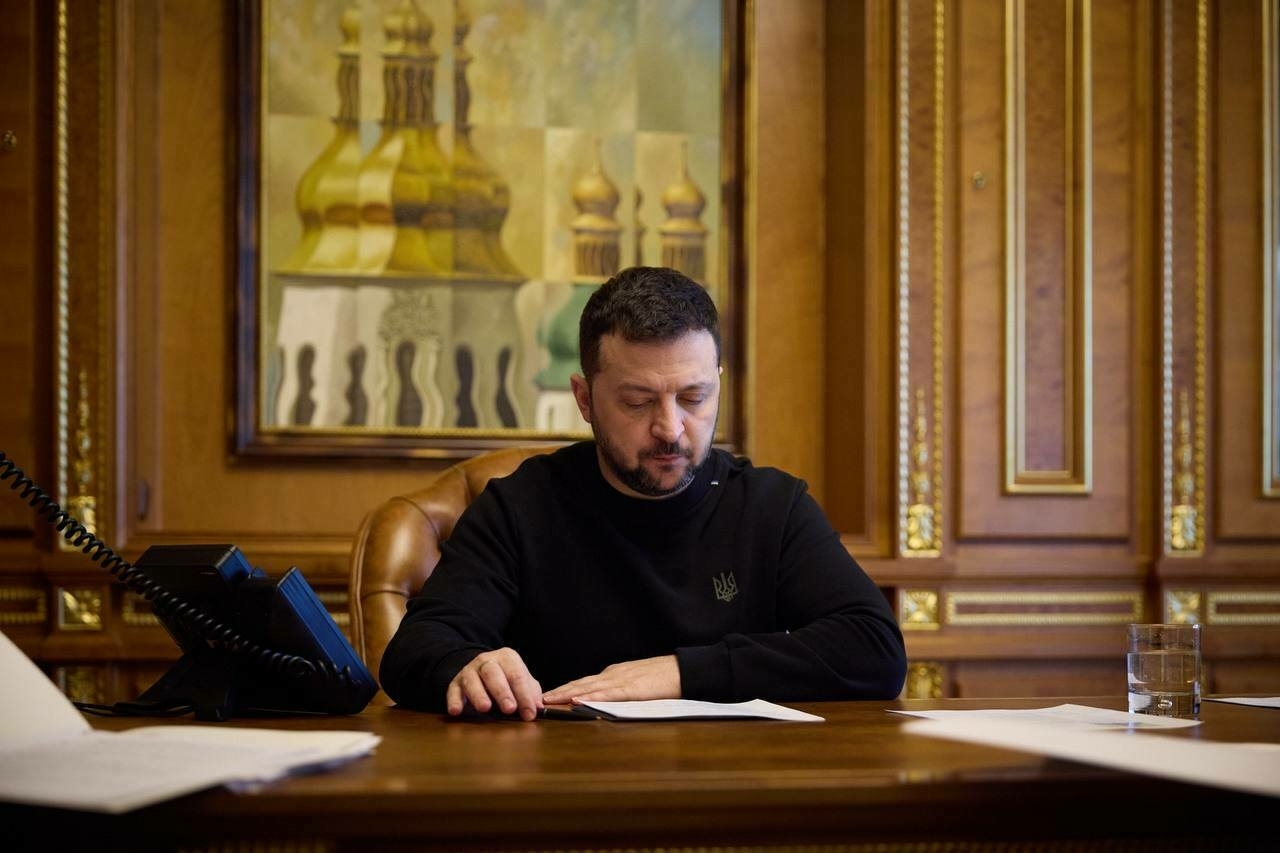
President Volodymyr Zelensky signed a decree on June 27 to coordinate sanctions against Russia with international partners, particularly the European Union and the Group of Seven (G7), the President’s Office said on its website.
A day earlier, EU member states' leaders gave their political consent to extend the sanctions previously imposed on Russia for its war against Ukraine. Meanwhile, the participants did not approve the new 18th package of sanctions, which targeted Russia’s energy and banking sectors, due to Slovakia’s veto.
Zelensky’s June 27 decree implements a decision by Ukraine’s National Security and Defense Council’s (NSDC) to synchronize the sanctions against Russia with the EU and G7.
According to the document, sanctions approved by partner states must be submitted to the NSDC for consideration and approval no later than the 15th day after the partner state’s decision comes into force.
The Cabinet of Ministers, the Security Service of Ukraine (SBU), and the National Bank of Ukraine must also ensure the implementation of sanctions approved by international partners in Ukraine.
After the 17th package of sanctions against Russia took effect on May 20, Ukraine’s allies announced the following day that another round of restrictions was already in the works.
The push for tighter sanctions comes as Russia continues to reject ceasefire proposals and presses forward with military operations.
Russia pulls its scientists out of Iranian nuclear plant, as Israeli strikes threaten decades of collaborationIsrael’s strikes on Iranian nuclear facilities have alarmed none more than Russia, the country that first brought nuclear power to Iran in defiance of Western objections. We’re “millimeters from catastrophe,” said Kremlin spokeswoman Maria Zakharova on June 18 in response to a bombing campaign that Israel launched against Iran on June 13. Decades of conflict with the West have united Iran and Russia, despite a cultural gulf between the two nations that dwarfs the Caspian Sea that physically di The Kyiv IndependentKollen Post
The Kyiv IndependentKollen Post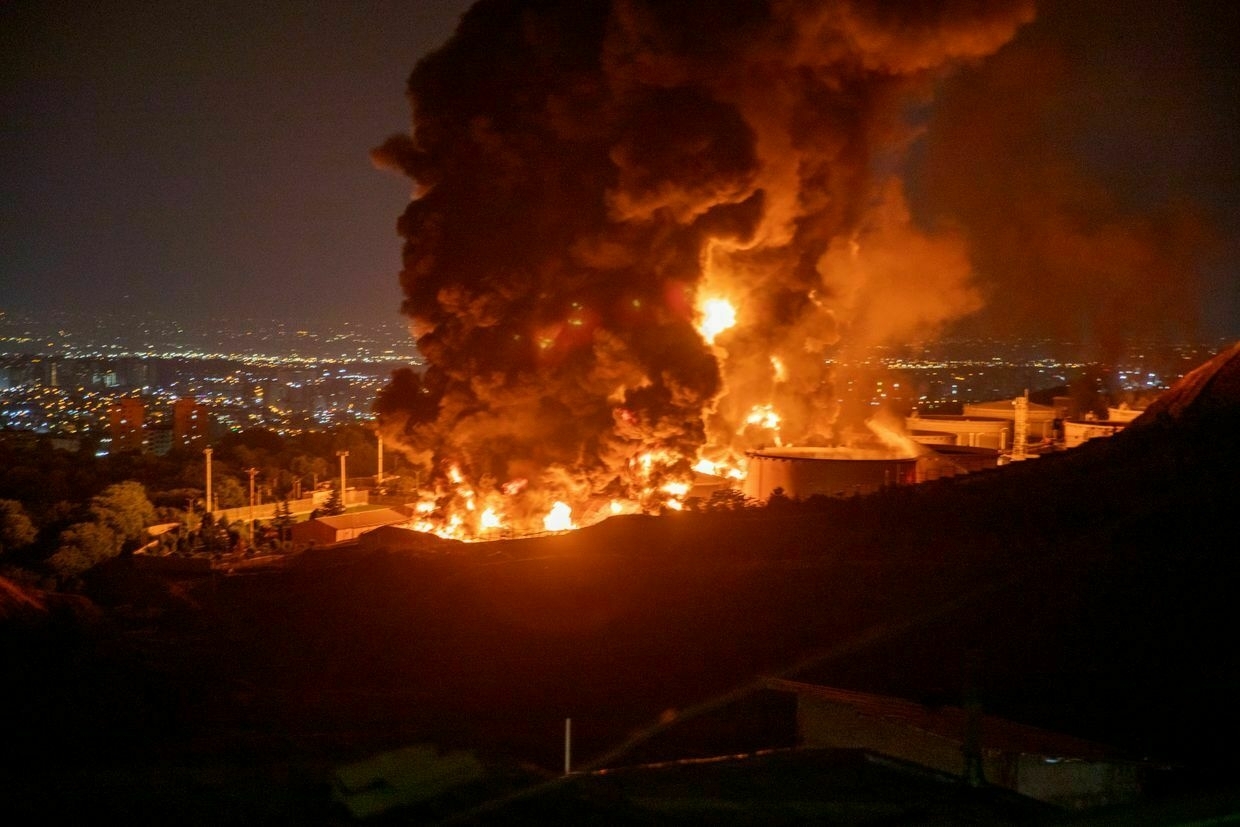
-
Russian attack on key energy facility plunges parts of southern Ukraine 'into darkness,' governor says
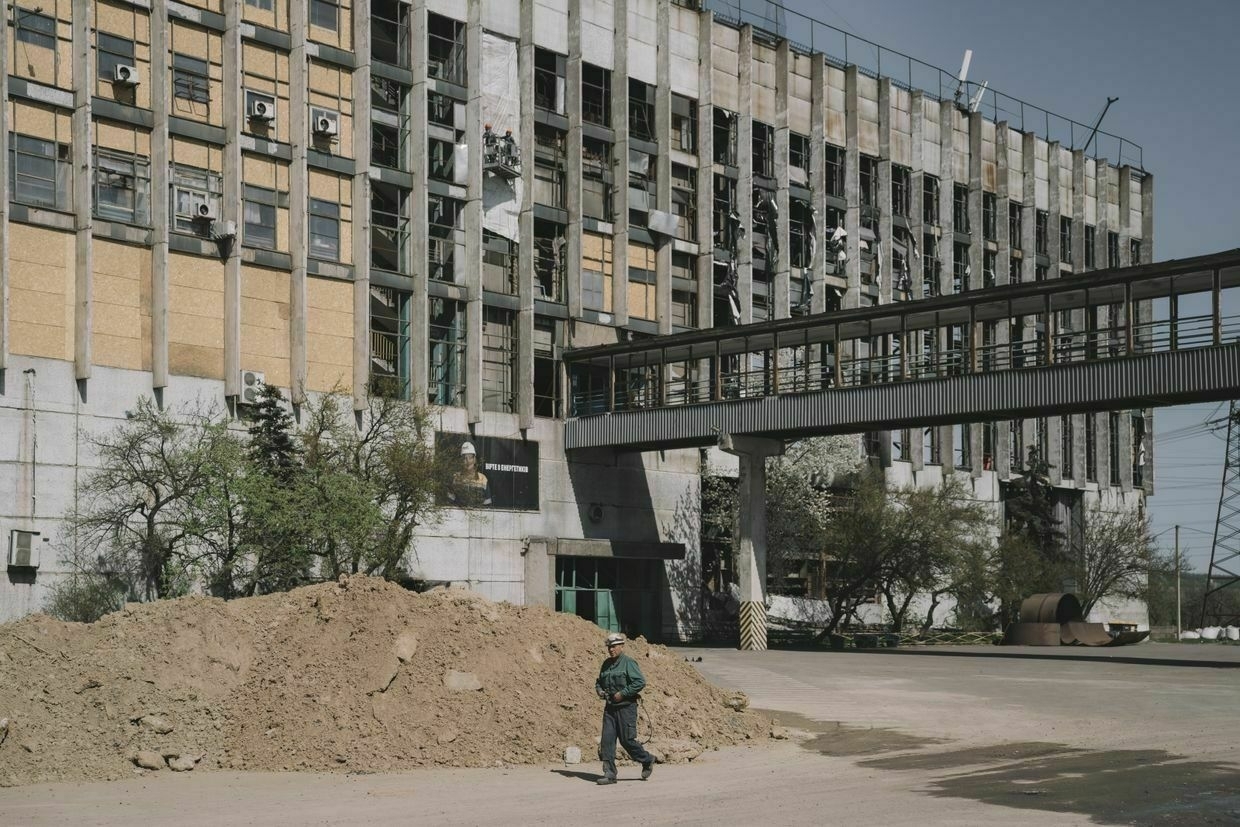
Russian forces struck a critical energy facility in Kherson Oblast, causing widespread power outages across several communities, Governor Oleksandr Prokudin said on June 27.
“Russia decided to plunge Kherson Oblast into darkness,” Prokudin wrote on Telegram. He said the attack has disrupted electricity supply to multiple settlements.
Local power engineers are working to stabilize the situation, Prokudin said.
“I ask the residents of the region to prepare for a prolonged power outage. Power engineers are doing everything possible to stabilize the situation,” he said.
Kherson and the surrounding regions have frequently come under Russian fire since Ukrainian forces liberated the city from occupation in November 2022. Russian troops continue to attack the area with artillery and drones from across the Dnipro River.
The Russian army consistently targeted Ukrainian energy infrastructure. Throughout 2024, Moscow launched 13 mass attacks with drones and missiles on Ukraine’s energy infrastructure. Ukraine was forced to introduce emergency blackouts across the country.
Ukraine and Russia agreed to a partial 30-day energy truce, following consultations with the U.S. in Riyadh on March 25. Moscow violated the ceasefire more than 30 times, Foreign Ministry Spokesperson Heorhii Tykhyi said on April 16.
Russia pulls its scientists out of Iranian nuclear plant, as Israeli strikes threaten decades of collaborationIsrael’s strikes on Iranian nuclear facilities have alarmed none more than Russia, the country that first brought nuclear power to Iran in defiance of Western objections. We’re “millimeters from catastrophe,” said Kremlin spokeswoman Maria Zakharova on June 18 in response to a bombing campaign that Israel launched against Iran on June 13. Decades of conflict with the West have united Iran and Russia, despite a cultural gulf between the two nations that dwarfs the Caspian Sea that physically di The Kyiv IndependentKollen Post
The Kyiv IndependentKollen Post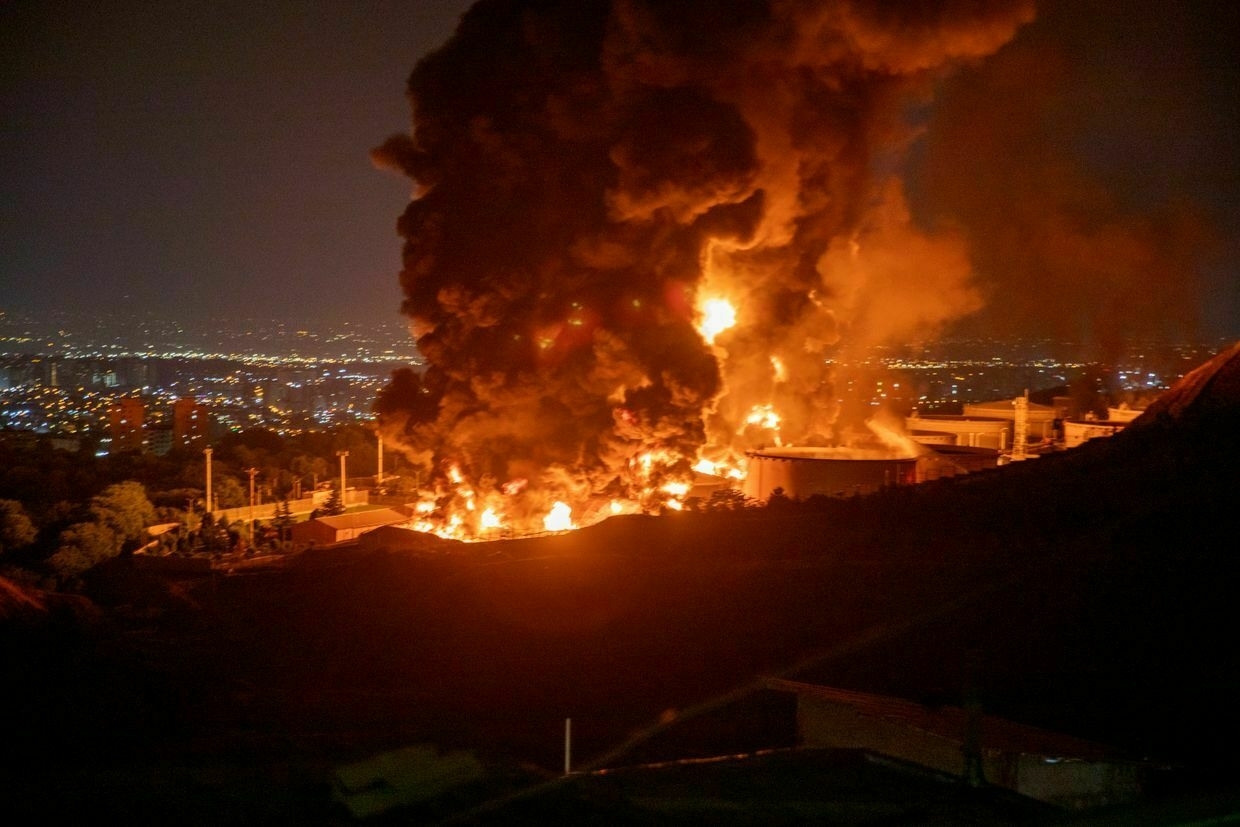
-
'Resilience and confident actions' — Umerov praises Ukraine's new 18-24-year-old recruits
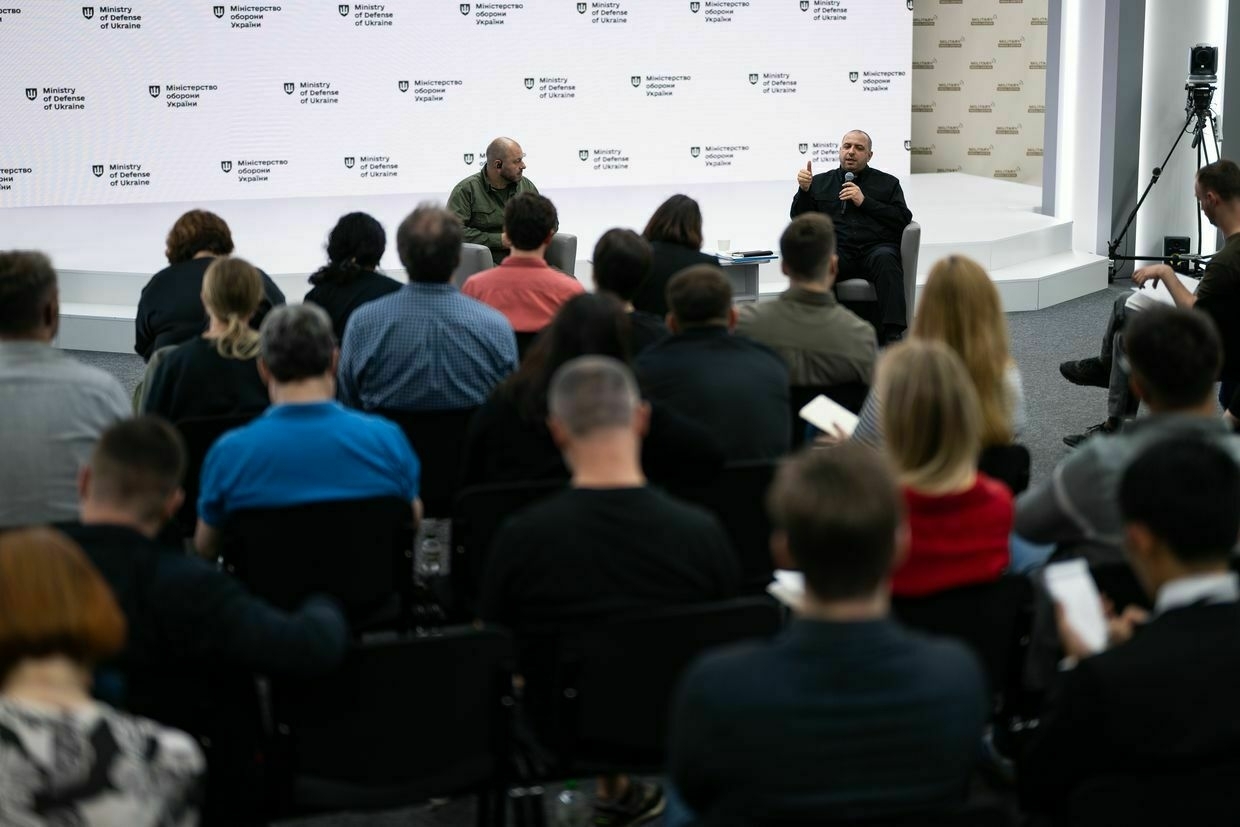
Ukraine’s one-year military contract for volunteers aged 18 to 24 is proving effective on the battlefield, Defense Minister Rustem Umerov said at a June 26 press briefing, citing fresh reports from commanders across the front line.
Umerov said units made up of young contract soldiers had shown “resilience, professionalism, and confident actions in combat,” challenging early skepticism about the new recruitment model.
“We saw them on the battlefield — and it’s truly motivating."
The contract, launched in February, offers substantial benefits to young volunteers. It includes basic general military training, vocational training, and an adaptation course in an army unit. Volunteers will receive a one-time monetary aid payment of Hr 1 million ($24,000) and a monthly allowance of up to Hr 120,000 ($3,000).
The campaign initially faced backlash from some front-line troops and activists, who argued it created unfair disparities in pay and support. Now, the initiative is being credited with improving performance in specific units, Umerov said, citing internal military assessments received by the ministry two weeks ago.
Umerov, however, hasn’t shared the number of soldiers recruited through the campaign.
The campaign is under constant evaluation based on financial, personnel, and training metrics. Umerov said the Defense Ministry is working to enhance the motivational package further, using data and feedback from participants and focus groups.
Despite pressure from international partners, particularly the United States, to lower Ukraine’s mobilization age from 25 to 18, service for those aged 18–24 remains voluntary. President Volodymyr Zelensky has consistently rejected compulsory mobilization starting at 18, warning that it could damage Ukraine’s long-term future.
In a recent interview, Zelensky said Ukraine’s Western allies have at times withheld new sanctions on Russia over Kyiv’s refusal to lower the draft age. He stressed that the “weapons and technology,” rather than raw manpower, were more decisive on the battlefield.
Ukraine faces personnel challenges as Russian forces continue to press along the front line. While a mobilization reform law lowered the draft age from 27 to 25 in 2024, the pace of new enlistment has slowed, leaving infantry units understaffed.
“The younger generation is a powerful human resource that deserves support and development,” Umerov said.
Facing manpower shortage, Ukrainian brigade turns to women in first-ever female recruitment driveEditor’s note: This article originated as a winning story idea in a vote by members of the Kyiv Independent’s community. Join our community today and join our exclusive members-only Discord channel, where you can discuss and suggest stories, ask our journalists questions, and more. “Her strength is herThe Kyiv IndependentNatalia Yermak
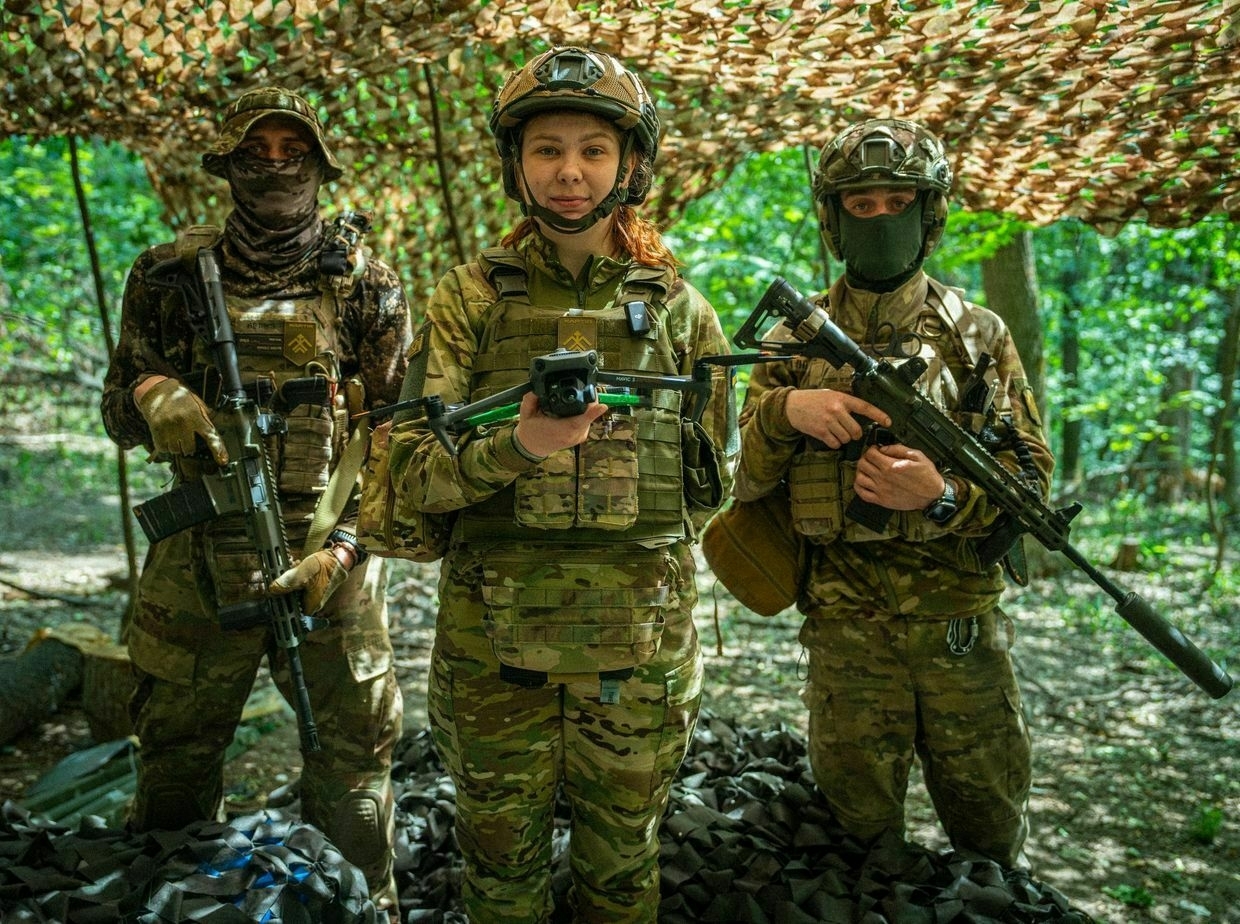
-
Ukraine to seek EU sanctions against Bangladesh over Russia-stolen grain import
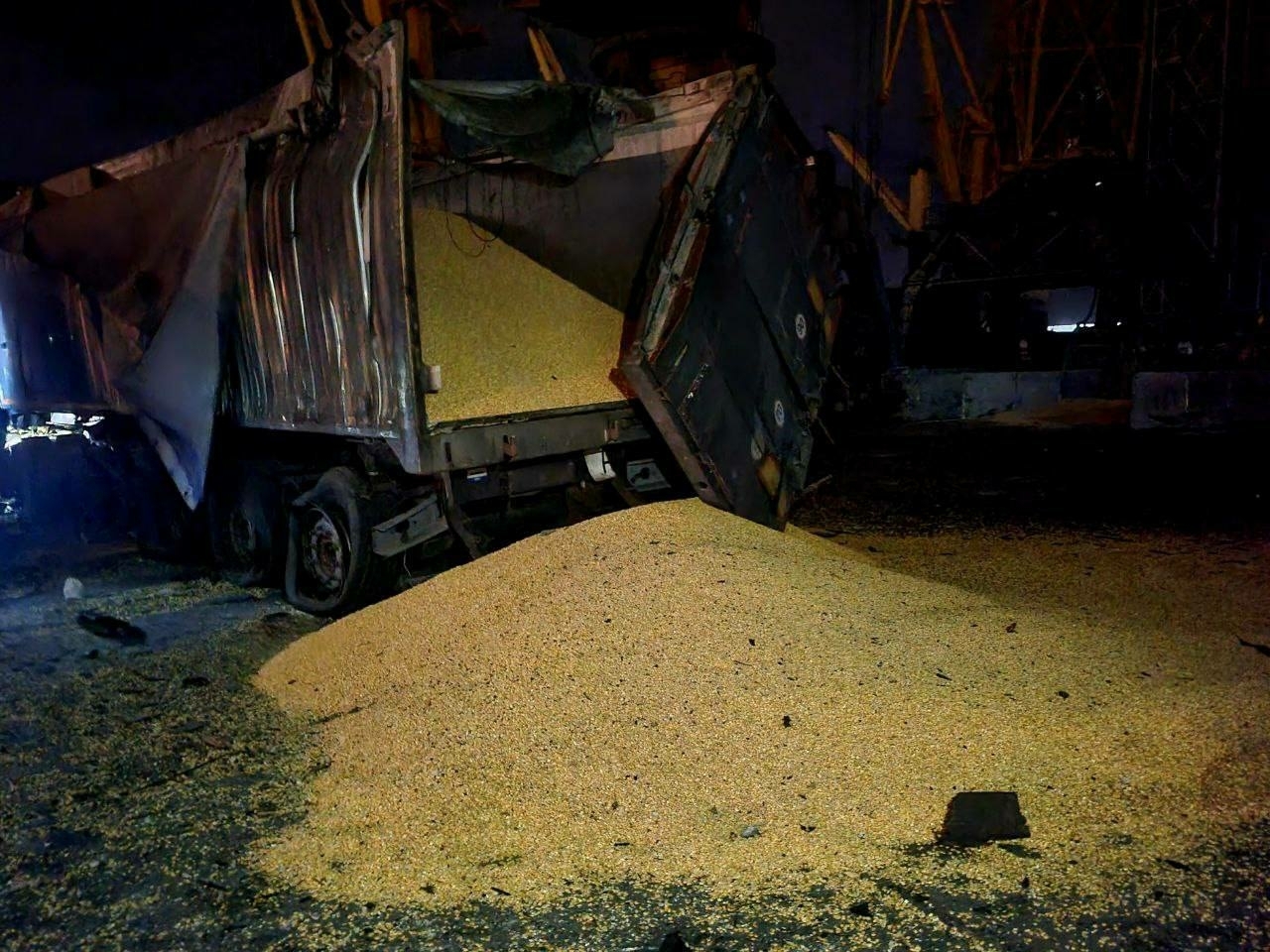
Ukraine is preparing to request European Union sanctions against Bangladeshi entities over importing wheat stolen from Russian-occupied Ukrainian territories, Ukraine’s ambassador to India told Reuters.
In comments for Reuters published on June 27, Oleksandr Polishchuk said that Bangladesh had failed to respond to Ukrainian diplomatic appeals to stop the trade, prompting Kyiv to escalate the matter to the EU level.
“It’s a crime,” Polishchuk told Reuters. “We will share our investigation with our European Union colleagues, and we will kindly ask them to take the appropriate measures."
Russian forces have seized millions of tons of Ukrainian grain from occupied areas, with at least 180,000 tons looted through the port of Mariupol alone, Ukrainian Prime Minister Denys Shmyhal said in October 2024.
The grain theft from occupied territories began in 2014 when Russia first invaded Ukraine and continued after the full-scale invasion launched in 2022.
The Ukrainian Embassy in New Delhi sent multiple letters to Bangladesh’s Foreign Ministry this year, requesting rejection of more than 150,000 tonnes of grain allegedly stolen and shipped from the Russian port of Kavkaz, according to documents reviewed by Reuters, shared by people familiar with the matter.
According to Polishchuk, Ukrainian intelligence showed that entities in Russia mask grain obtained from occupied Ukrainian territories by mixing it with Russian wheat before shipping it to other countries.
Bangladesh’s Food Ministry, in comments to Reuters, denied the imports, saying that they banned grain deliveries originating from occupied Ukrainian territory.
Ukraine’s agricultural sector has suffered approximately $80 billion in losses due to Russia’s full-scale invasion, Agriculture Minister Vitalii Koval said in February.
The losses include direct damage, disrupted logistics, higher fertilizer and fuel costs, land reclamation expenses, demining costs, and impacts from occupied territories.
Amid relentless Russian strikes, Ukraine’s businesses rebuild aloneIt took firefighters two days to extinguish the flames at Oleksiy Tarnopolskiy’s warehouse in Kyiv after a Russian attack on June 10. Nothing inside could be saved from his tea and coffee business. Tarnopolskiy arrived on site to an “apocalyptic” scene at 5 a.m., one hour after a RussianThe Kyiv IndependentDominic Culverwell
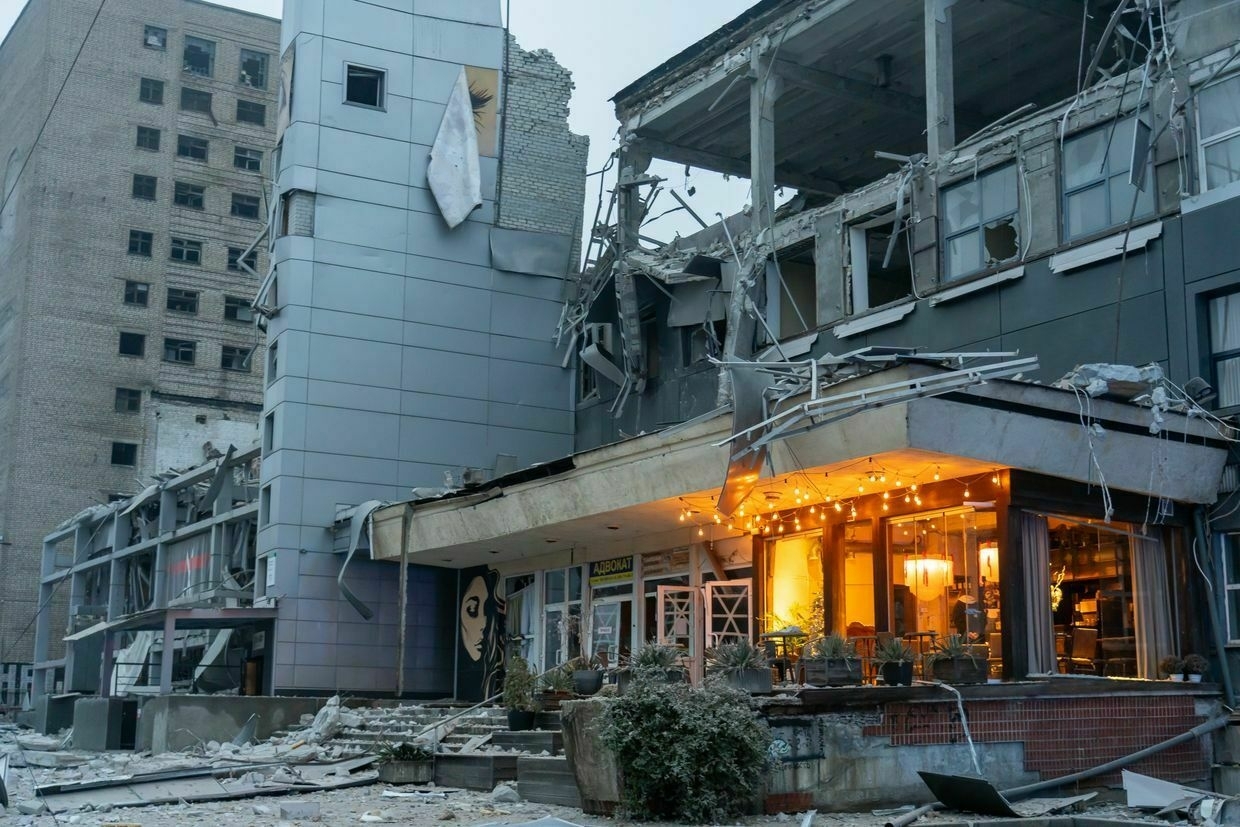
-
Russian missile strike on Dnipropetrovsk Oblast city kills 4, injures 17
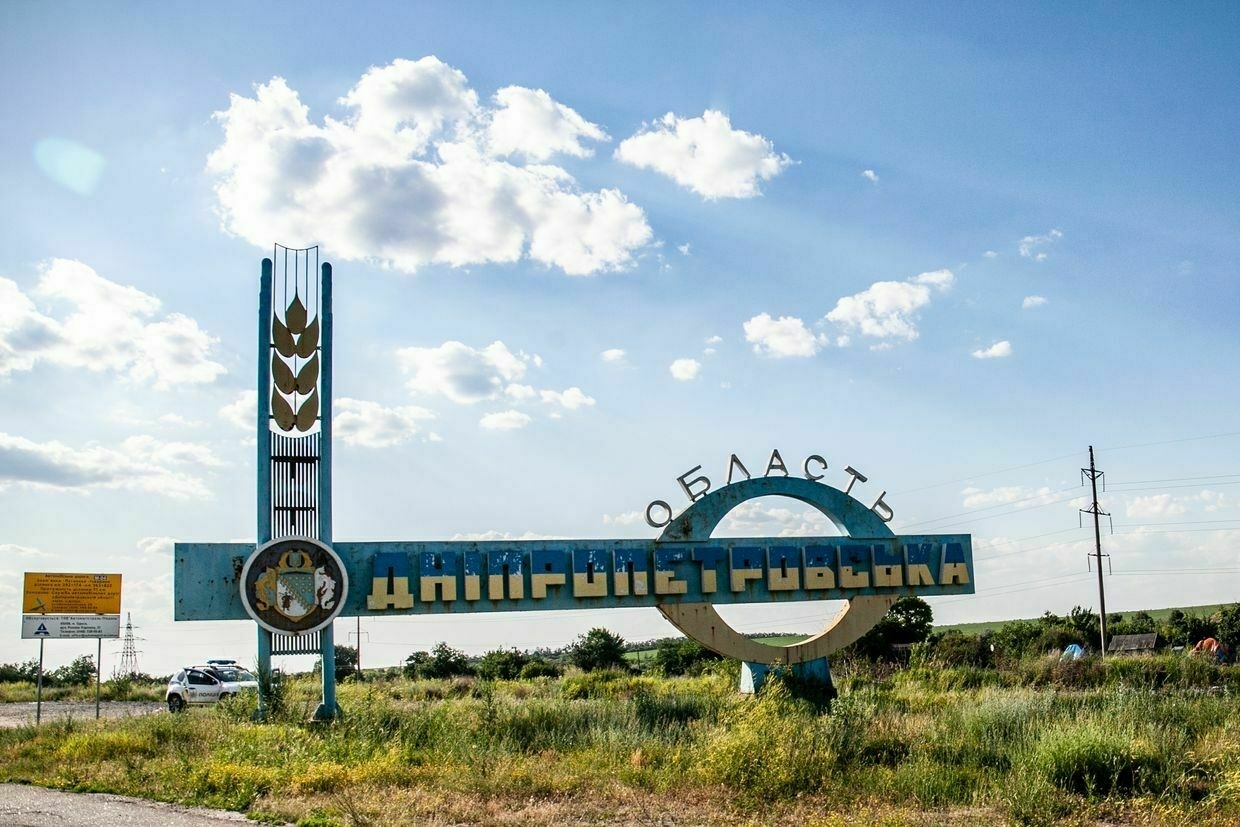
Editor’s note: This is a developing story and is being updated.
A Russian missile strike on the city of Samar in Ukraine’s Dnipropetrovsk Oblast on June 27 killed four people and injured at least 17 others, Governor Serhii Lysak said.In a statement posted to Telegram, Lysak said most of the injured were hospitalized. Three of the victims are in serious condition, while the others sustained moderate injuries. A fire broke out following the strike, and emergency services are continuing to work at the site.
“We’re doing everything possible to assist those affected,” Lysak said.
The attack comes just days after Russia launched one of the deadliest assaults on Dnipropetrovsk Oblast. On June 24, missiles struck multiple locations in the regional capital of Dnipro and in the oblast, killing at least 21 people and injuring over 300 others.
The strike hit civilian infrastructure, a dormitory, a gymnasium, and a train traveling from Odesa to Zaporizhzhia, as well as the nearby town of Samarske. Two people were killed and 14 others wounded there. At least 100 victims of the Dnipro attack remain hospitalized, Lysak said.
Ukrainian drones strike Russian S-400 air defense system in occupied Crimea, HUR saysThe attack damaged “critical and expensive components” of Russia’s S-400 Triumph air defense system, including two 92N2E multifunctional control radars, two 91N6E detection radars, and an S-400 launcher, according to HUR.The Kyiv IndependentAbbey Fenbert
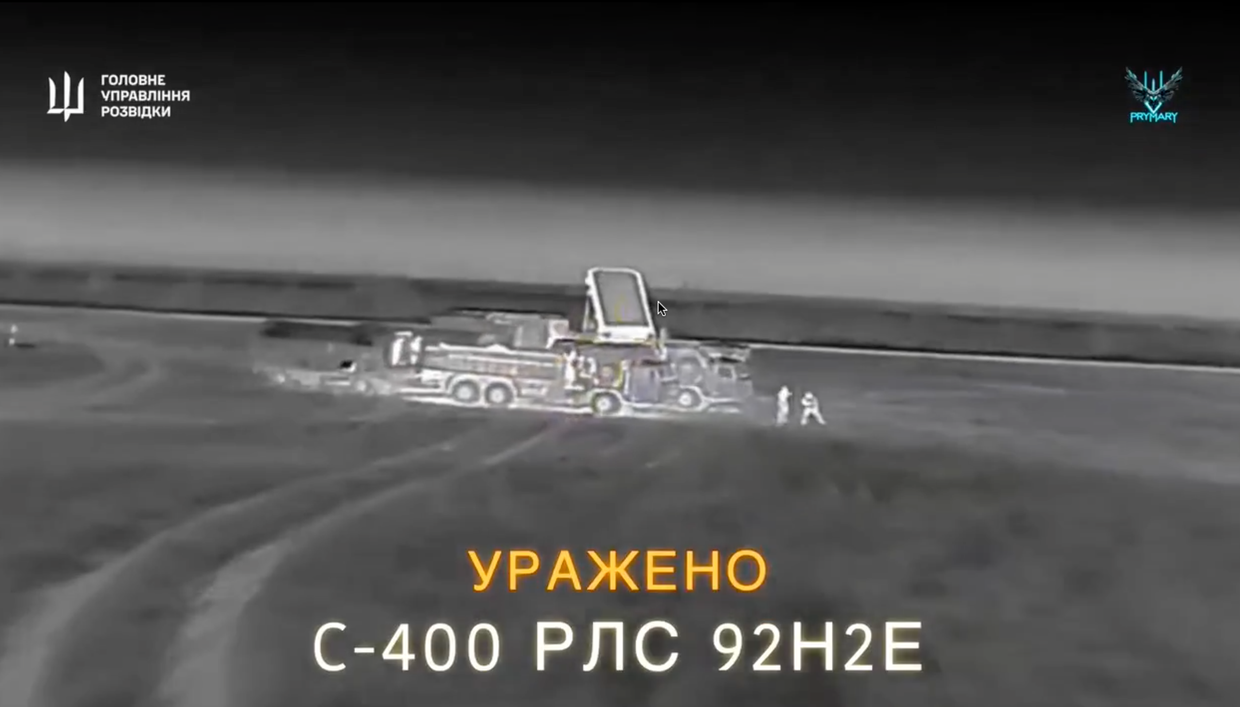
-
New brigade received Leopard tanks
Another brigade of the Ukrainian Ground Forces has been equipped with German-supplied Leopard 1A5 tanks. The latest unit to operate these tanks is the 142nd Mechanized Brigade. Originally formed in…
-
At least 2 killed, 13 wounded in Russian attacks across Ukraine over past day
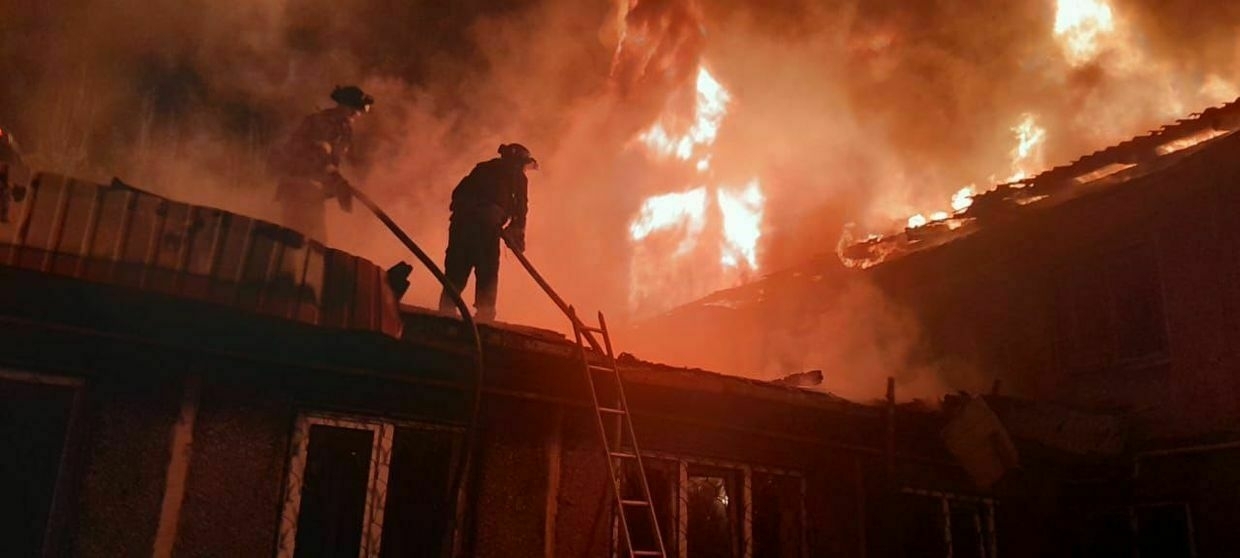
At least two civilians were killed and 13 were injured in Russian drone and missile attacks across Ukraine over the past day, local officials reported on June 27.
According to Ukraine’s Air Force, Ukrainian air defense intercepted 365 of 371 incoming Russian air weapons, including 363 Shahed-type drones, two Kinzhal ballistic missiles, and six Kalibr cruise missiles.
In Kharkiv Oblast, Governor Oleh Syniehubov said one person was killed and four were wounded in Vovchanski Khutory and Pidlyman during a Russian attack. Infrastructure damage included houses and an agricultural facility. The region also endured heavy shelling.
In Donetsk Oblast, Governor Vadym Filashkin reported one death, while three people were injured across Pokrovsk, Kramatorsk, and Bakhmut districts. Damage was observed to houses, a farm, administrative buildings, gas pipelines, and vehicles.
In Kherson Oblast, Governor Oleksandr Prokudin said four people were injured as Russian drones and artillery struck social and residential infrastructure. Seven apartment buildings and 25 houses were damaged, along with utilities and vehicles.
In Zaporizhzhia Oblast, Governor Ivan Fedorov said one person was injured when an air-dropped bomb hit a settlement in the Huliaipole district.
In Kyiv Oblast, a person was injured near Fastiv during an overnight drone and missile attack. One house was damaged each in Boryspil and Fastiv districts, while a tire repair shop and five cars were hit in Bila Tserkva. No critical infrastructure was reportedly affected, and air defense forces shot down Russian drones and missiles.
Putin under pressure to declare war on Ukraine, but experts say Russia isn’t readyDespite suffering over 1 million casualties, pounding Ukrainian cities nightly with missiles and drones, and committing countless war crimes, one startling fact about Russia’s full-scale invasion remains — Moscow has yet to officially declare war on Ukraine. In February 2022, Russian President Vladimir Putin described what he believed was going to be a swift victory and the capture of Kyiv within days as a “special military operation.” Nearly three-and-a-half years later, the Kremlin is stuck The Kyiv IndependentChris York
The Kyiv IndependentChris York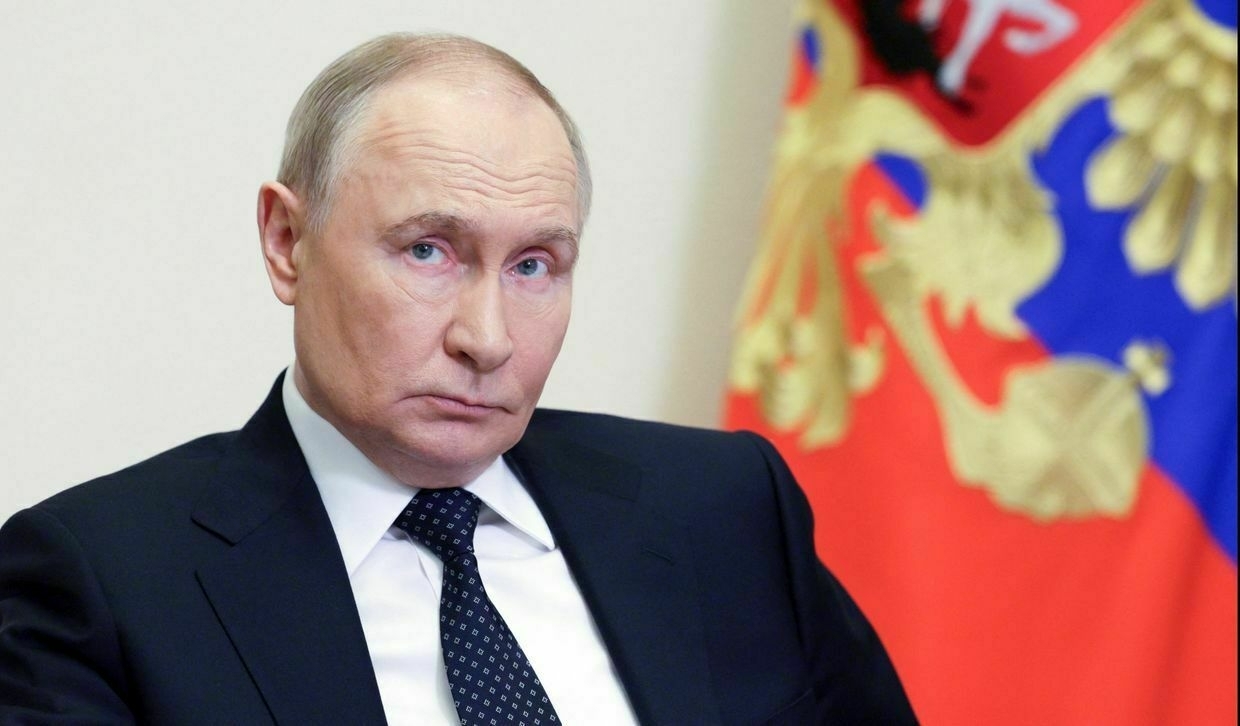
-
North Korea deployed 20% of Kim's elite 'personal reserve' to fight against Ukraine in Russia, Umerov says
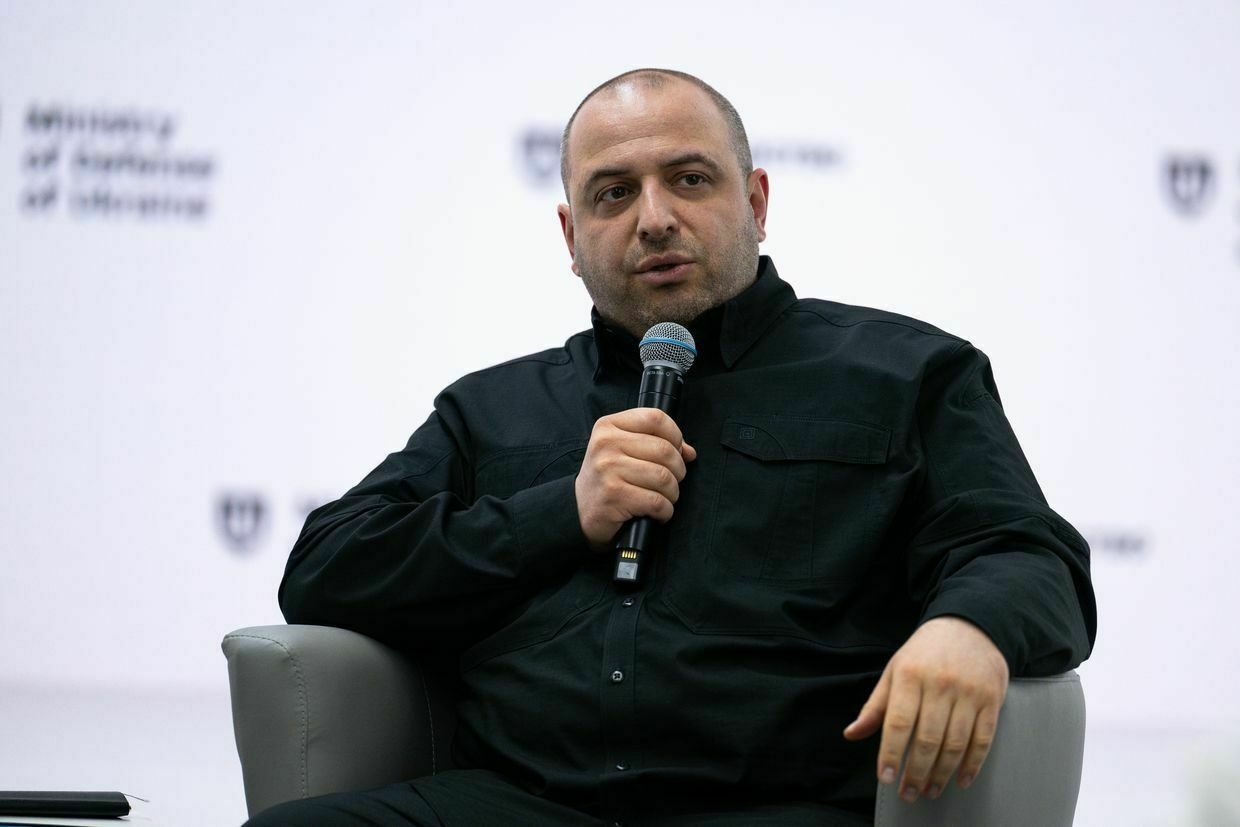
North Korea has already deployed around 11,000 elite troops to support Russia’s war against Ukraine, accounting for more than 20% of North Korean leader Kim Jong Un’s elite “personal reserve” force, Defense Minister Rustem Umerov said during a June 26 press briefing.
“These are soldiers specially selected based on physical, psychological, and other criteria,” Umerov said. “These units have already suffered significant losses."
Umerov said intelligence indicates North Korea had considered sending additional forces to fight with Russia. However, according to Umerov, the move would further deplete its strategic reserves and increase risks to regime stability. There have been four known rotations of North Korean units deployed against Ukraine, according to Umerov.
According to a June 15 report from the United Kingdom’s defense intelligence, North Korea has likely sustained more than 6,000 casualties in Russia since the deployment of troops to Kursk Oblast in fall 2024.
U.K. intelligence attributed the high casualty rate to large, highly attritional dismounted assaults.
Russia’s growing military partnership with North Korea has raised concerns in Kyiv and among its allies. The two countries signed a Comprehensive Strategic Partnership Agreement in 2024. The treaty commits both countries to provide assistance if either is attacked.
Kim previously described the pact as having a “peaceful and defensive nature,” framing it as a formal security guarantee between the longtime partners.
In practice, Umerov said, North Korea is bearing the military burden, while Russia has not upheld its reciprocal obligations, raising concerns within the North Korean regime.
“Russia’s use of elite North Korean troops demonstrates not only a growing reliance on totalitarian regimes but also serious problems with its mobilization reserve,” Umerov said. “Together with our partners, we are monitoring these threats and will respond accordingly."
Umerov added that Ukraine, working in coordination with its Western partners, is closely tracking the movement and deployment of North Korean units deployed to fight against Ukraine. He said Russia’s dependence on foreign forces may signal critical shortages in its own recruitment and mobilization efforts.
According to South Korea’s National Intelligence Service, North Korea is likely to send more troops to Russia over the summer. Pyongyang may also send up to 25,000 laborers to Russia to support drone production, according to the report.
The additional troop deployment would come on top of what Seoul estimates is already substantial support from North Korea, which includes the shipment of over 10 million artillery shells and ballistic missiles in exchange for economic and technical assistance from Moscow.
Putin under pressure to declare war on Ukraine, but experts say Russia isn’t readyDespite suffering over 1 million casualties, pounding Ukrainian cities nightly with missiles and drones, and committing countless war crimes, one startling fact about Russia’s full-scale invasion remains — Moscow has yet to officially declare war on Ukraine. In February 2022, Russian President Vladimir Putin described what he believed was going to be a swift victory and the capture of Kyiv within days as a “special military operation.” Nearly three-and-a-half years later, the Kremlin is stuck The Kyiv IndependentChris York
The Kyiv IndependentChris York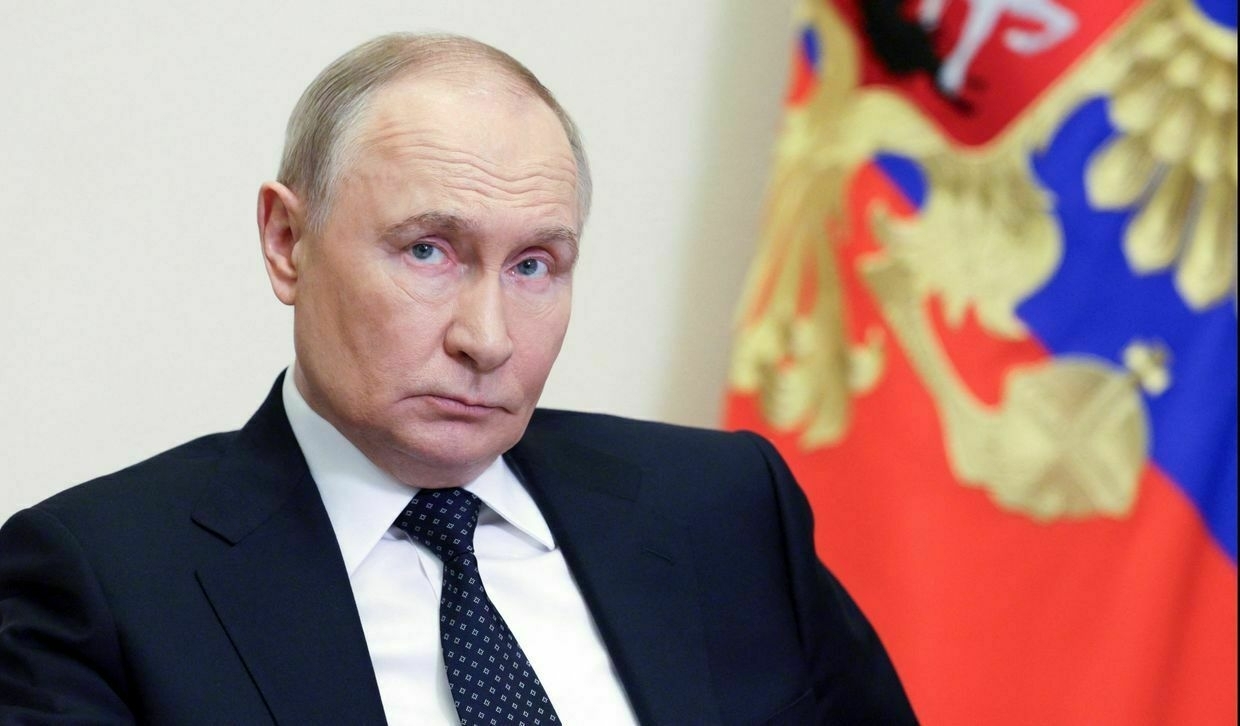
-
Ukraine seeks Zelensky-Putin meeting as next step in ceasefire negotiations
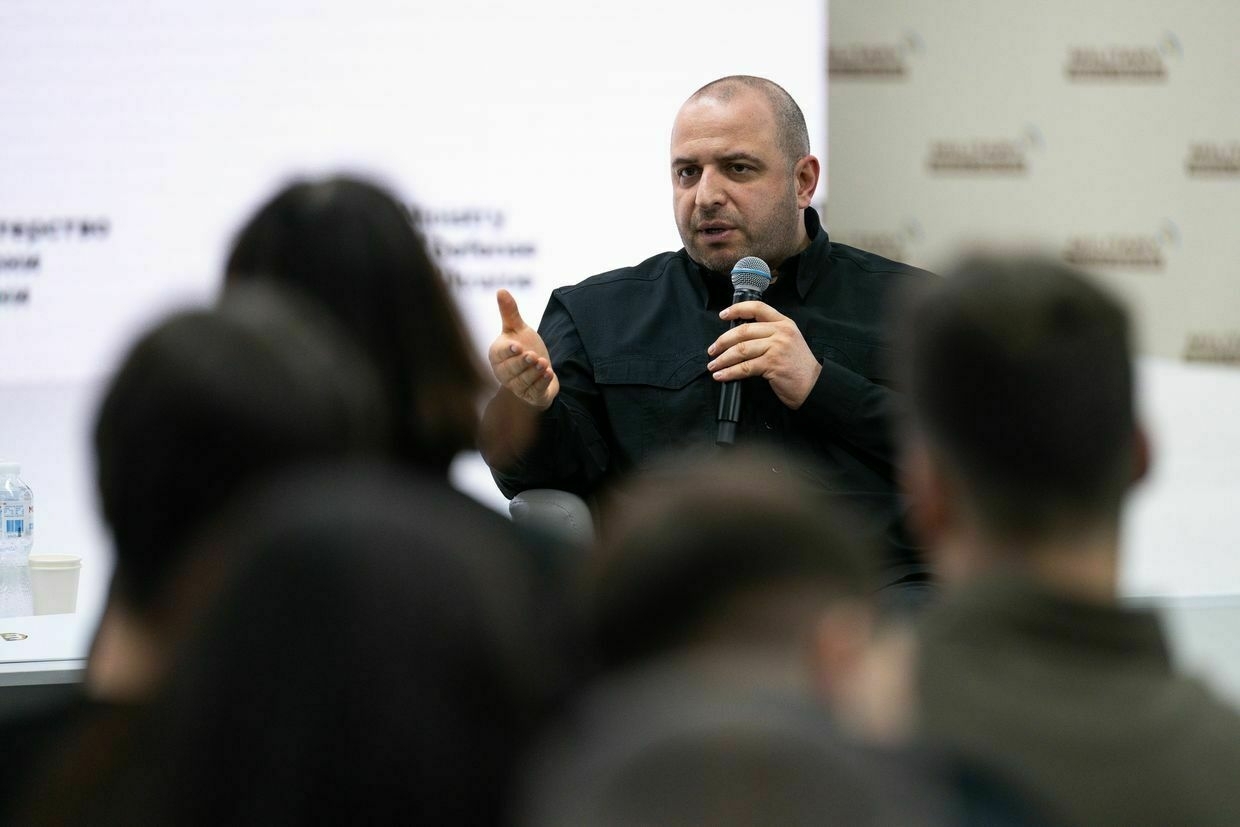
Ukraine’s next goal in ongoing negotiations with Russia is to organize a direct meeting between President Volodymyr Zelensky and Russian President Vladimir Putin, Defense Minister Rustem Umerov said during a press briefing on June 26.
Speaking to journalists in Kyiv, Umerov, who was part of Ukrainian peace talks delagation, outlined a multi-stage negotiation process that began in January with an initiative from U.S. President Donald Trump. Umerov stressed that Ukraine welcomed the idea of a ceasefire from the outset and remains fully committed to a just peace.
“Ukraine has always remained consistent in its pursuit of peace,” Umerov said. “We supported the U.S. initiative for a full ceasefire from the very beginning and demonstrated our commitment through multiple rounds of negotiations. But any dialogue must take place without ultimatums and with full respect for our country’s sovereignty."
The talks unfolded in several rounds in Jeddah, Riyadh, Paris, London, and Istanbul. During the second round of negotiations in Riyadh, Ukraine communicated with Russia indirectly, through U.S. mediators. In Turkey, U.S. mediators were excluded from talks due to Russia’s request, according to Umerov.
Umerov said Ukraine had accepted a U.S.-proposed full ceasefire across land, sea, and air in early March, but Russia has rejected the proposal.
While no agreement on a comprehensive ceasefire has been reached, talks have led to a few major prisoner exchanges, including a 1,000-for-1,000 swap that took place in late May and a follow-up deal for up to 1,200 prisoners from each side.
Umerov said the focus of recent negotiations has included humanitarian issues such as the release of civilians and children, as well as conditions for a meeting of Ukrainian and Russian leaders. He emphasized that the next stage must include top-level dialogue.
“After completing discussions on humanitarian issues, Ukraine plans to move forward to the topic of a leaders' summit for substantive dialogue,” he said.
The latest peace talks between Russia and Ukraine took place on June 2 in Istanbul, following an earlier meeting on May 16. Both times, the Ukrainian delegation was led by Umerov. Despite Ukraine’s insistence on a 30-day ceasefire, Russia proposed only a temporary 2–3-day truce in limited areas to retrieve the bodies of fallen soldiers. Umerov called this offer “insufficient” and accused Moscow of avoiding meaningful peace.
“Russia rejects even the very idea of stopping the killings,” Umerov said following the June 2 talks. “That’s why we appeal to the world: pressure is needed for real peace, not for an imitation of negotiations."
Zelensky has also criticized Moscow’s limited ceasefire offers and called on Trump to follow through on promised sanctions if talks remain fruitless. Trump has repeatedly suggested that he is monitoring the peace process closely and warned that the U.S. response could change if Putin is not prepared to end the war.
No further U.S. sanctions were imposed after more than 100 days of Moscow’s refusal to the proposed ceasefire.
Facing manpower shortage, Ukrainian brigade turns to women in first-ever female recruitment driveEditor’s note: This article originated as a winning story idea in a vote by members of the Kyiv Independent’s community. Join our community today and join our exclusive members-only Discord channel, where you can discuss and suggest stories, ask our journalists questions, and more. “Her strength is herThe Kyiv IndependentNatalia Yermak
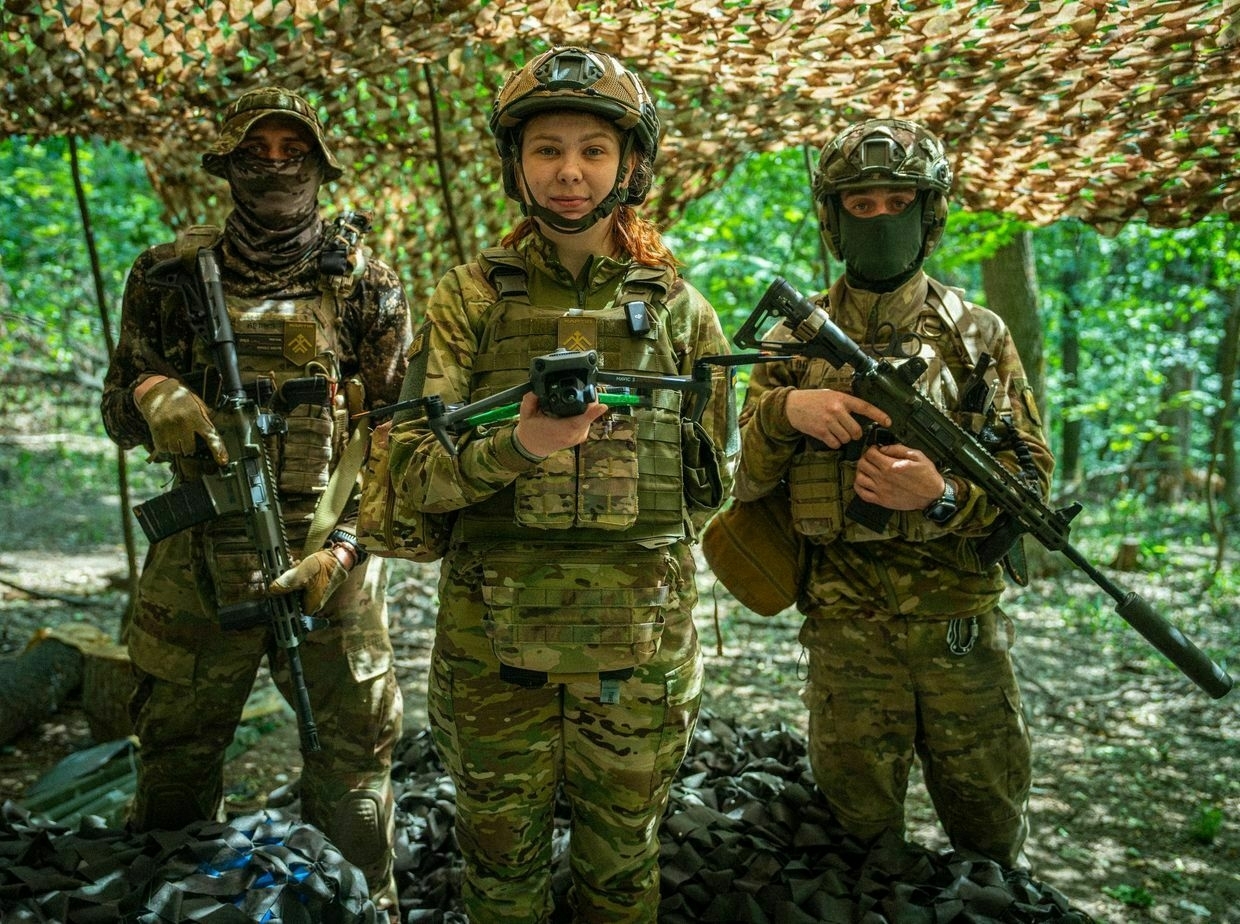
-
Anti-corruption agencies seek Ukrainian deputy prime minister’s suspension amid land grab case
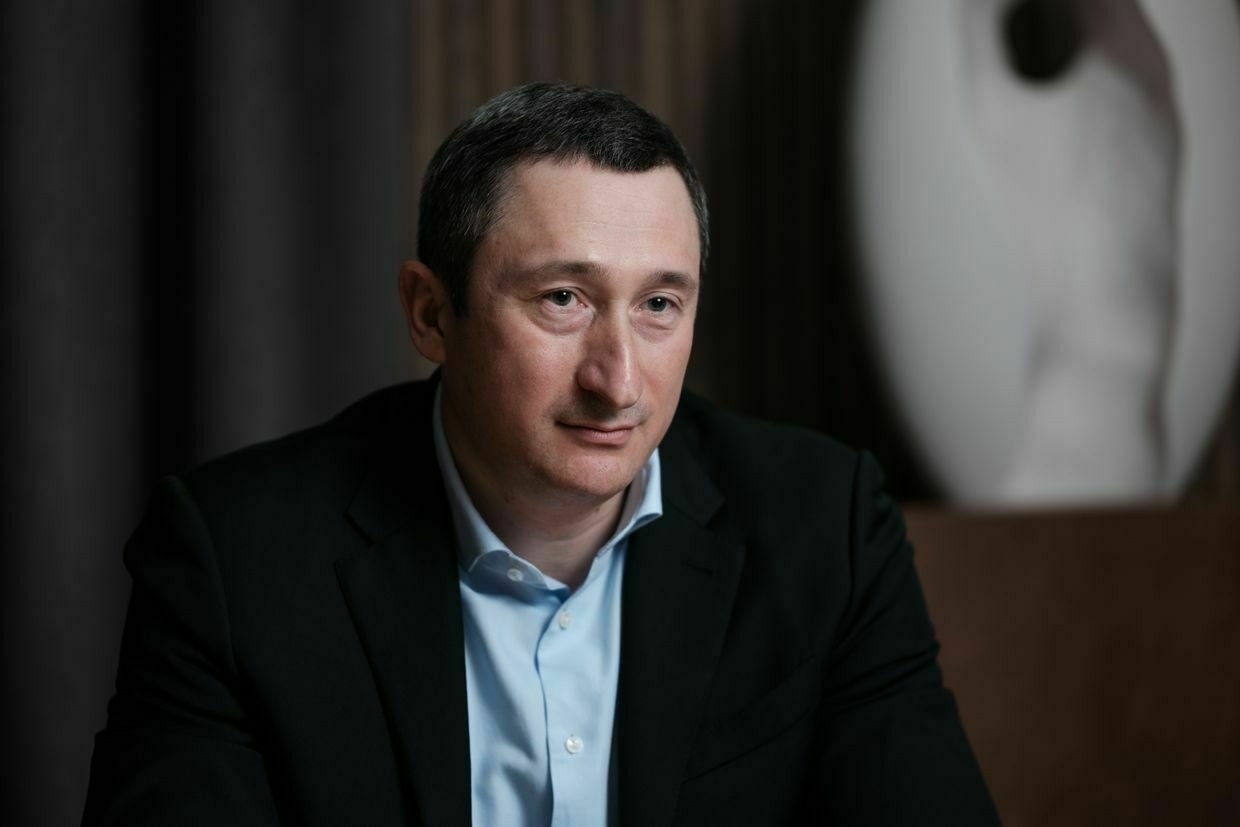
Ukraine’s National Anti-Corruption Bureau (NABU) and the Specialized Anti-Corruption Prosecutor’s Office (SAPO) have filed a motion with the High Anti-Corruption Court seeking to impose bail and suspend Deputy Prime Minister Oleksii Chernyshov from office, NABU’s press service reported on June 27.
Chernyshov was officially named a suspect on June 23 in what NABU called a “large-scale” illegal land grab case. Chernyshov heads the new National Unity Ministry in charge of returning refugees and is a close ally of President Volodymyr Zelensky. He left Ukraine days before law enforcement revealed a massive corruption scheme and detained two of his former close associates — Maksym Horbatiuk and Vasyl Volodin.
Investigators allege that Chernyshov and his associates undervalued the land fivefold, costing the state Hr 1 billion (about $24 million), and received discounted apartments worth over Hr 14.5 million ($346,000) in return. In a comment to the Kyiv Independent, Chernyshov has denied the allegations and said he has no plans to step down.
The agencies are requesting that Chernyshov be placed under a bail measure of Hr 120 million ($2.8 million) and be formally removed from his current post while the investigation proceeds.
The agencies said the proposed measures reflect the risks identified during the investigation, including concerns about potential obstruction of justice. They emphasized that their motion aligns with the court’s precedent in similar high-profile corruption cases.
The motion also requests that Chernyshov be subject to standard obligations, including a travel ban, passport surrender, and mandatory cooperation with law enforcement. SAPO additionally urged that he be prohibited from contacting other suspects or witnesses in the case.
The agency noted that Chernyshov returned to Ukraine voluntarily and responded to their summons.
If the court upholds the request, Chernyshov would be required to pay the bail within five days. Failure to do so or breach of the imposed conditions could result in a more severe pre-trial measure, prosecutors said.
Chernyshov returned to Ukraine on June 22 following growing public pressure and reported to NABU the following day. Despite his claim that he had been on a scheduled business trip, critics accused him of attempting to evade charges.
Chernyshov is considered a close ally of Zelensky and has held several high-profile roles, including CEO of state-owned oil and gas giant Naftogaz.
Exclusive: Ukrainian deputy prime minister suspected of corruption says he won’t step downUkrainian minister and deputy Prime Minister Oleksii Chernyshov has been formally named a suspect in a high-profile illegal land grab case, becoming the highest-ranking official in Ukrainian history to face such charges.The Kyiv IndependentDominic Culverwell
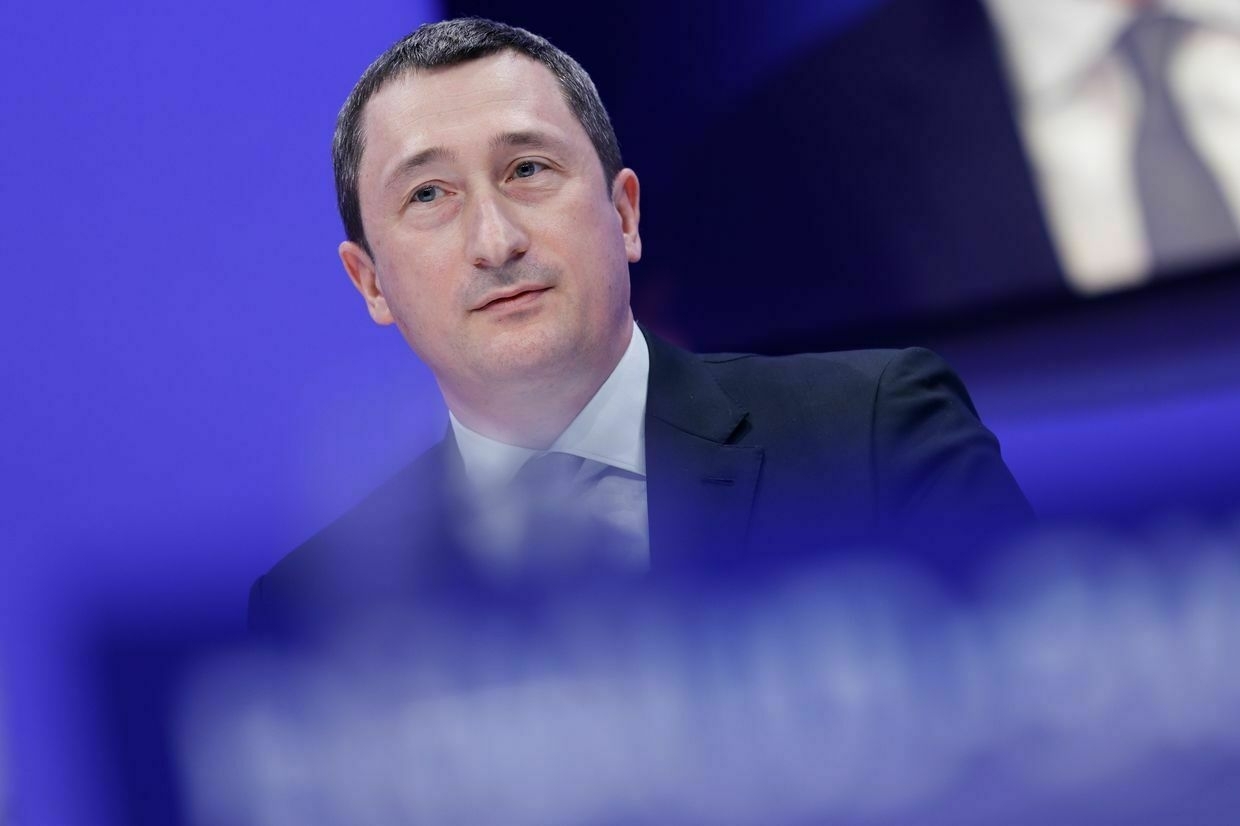
-
Democracies should not let war in the Middle East distract them from Ukraine
As the world holds its breath to see if Israel and Iran can maintain a ceasefire, it’s worth analyzing some troubling global patterns. Authoritarian powers are growing bolder and alliances between them are tightening. The number of armed conflicts in 2024 was higher than in any year since 1946. Now democracies face the risk of losing focus due to the dual demands of navigating a Middle East war while continuing to help Ukraine resist Russia’s full-scale invasion. But diverting any attention from Ukraine now would be a strategic mistake with long-term consequences.
Advanced democracies’ hesitation in aiding Ukraine militarily and in sanctioning Russia to the fullest has already been costly. The slow and insufficient military aid and the failure to cut off Russia from its main source of funding for the war — oil revenue — have allowed Russia to make (costly and incredibly slow) advances in Ukraine, to build up defenses to make it harder for Ukraine to take back occupied territory, and to co-opt Russia’s economy toward military production.
The new US administration has been reducing its support for Ukraine. Europe continues to stand by Ukraine but with limited means. And now, with another crisis breaking out nearby, governments may feel they have no choice but to spread their attention — and their resources — thinner. It may even seem reasonable to do so. After all, the frontlines in Ukraine have been moving very slowly for more than two years, as Ukraine has managed to withstand Russia’s constant onslaught. Meanwhile, the military confrontation between Israel and Iran is sure to evolve quickly and in unpredictable ways.
But what liberal democracies — including Europe, the United States, Canada, Australia, Japan, and South Korea — must do now to prevent global conflicts from multiplying is to send a strong signal that they remain committed to a stable international order. That means doubling down on Ukraine: delivering the weapons needed to strike deeper into Russian-held territory and to defend against Russian strikes, as well as lifting restrictions on how they can be used. Doubling down also requires cutting off Russia’s ability to fund its war, which can be done by lowering the oil price cap, targeting the shadow fleet, and imposing stronger secondary sanctions, which penalize third parties that help Russia bypass existing restrictions.
There are dangers in inaction. If Israel or the US decides to destroy Iran’s oil-producing capacity or if Iran decides to strike nearby oil infrastructure, it could spark a serious energy crisis. Prior to the recent ceasefire announcement, oil prices were climbing. That alone could boost Russia’s war effort. High oil prices mean more revenue for the Kremlin — revenue it needs to keep the war in Ukraine going.
Aside from handing the upper hand to Russia, another risk of democracies letting their attention be divided is the signal that it sends to China. Beijing is learning from how democracies respond to Russia’s invasion of Ukraine. Some actions — like financial sanctions and limited arms shipments — have shown that democracies won’t stand by entirely. But many of the lessons are not so reassuring. Liberal democracies have repeatedly shown that they can be manipulated by nuclear saber-rattling. Political gridlock delayed funding and weapons delivery for months. The US and Europe have balked at ceasing Russian state assets to compensate Ukraine for Russia’s aggression. They have failed to fully confront Russia’s targeting of civilians, kidnapping of Ukrainian children, executions of prisoners of war, torture, and other war crimes. In short, the picture has been one of hesitation and weakness.
If China sees wealthy democracies backing away from Ukraine now, while being drawn into a new conflict with Iran, it may interpret this as a further sign of weakness. That would be dangerous. Beijing has its eye on Taiwan, and it’s already weighing the risks. Distracted governments, struggling to handle two simultaneous crises, might be just the opportunity China is waiting for. That would be a nightmare scenario.
Even continuing the status quo — providing Ukraine just enough to defend itself but not enough to push Russia out — is risky. It would send a broader message to would-be aggressors everywhere: US and Europe’s commitment is limited and their staying power is short. That’s the kind of message that can invite more conflict, not less.
Wealthy democracies must recognize that the current and potential crises aren’t isolated. Russia, Iran, and China may have different interests, but they are united in one key way: they all want to weaken democracy and reshape the international order to suit their needs. They benefit when democratic governments appear divided, distracted, or unsure of themselves.
That’s why helping Ukraine now should not be seen as a distraction from the Middle East but as part of the response. Showing that liberal democracies can support Ukraine while managing other challenges would send a powerful signal that they can act on more than one front — and that waiting for them to get fatigued and distracted is not a viable way for aggressors to prevail.
The choice isn’t between Ukraine or the Middle East. It’s between showing that the US and Europe can still uphold the rules-based order they helped create — or proving that they no longer can.
-
Chinese journalist injured by drone strike in Kursk Oblast, Russian governor says
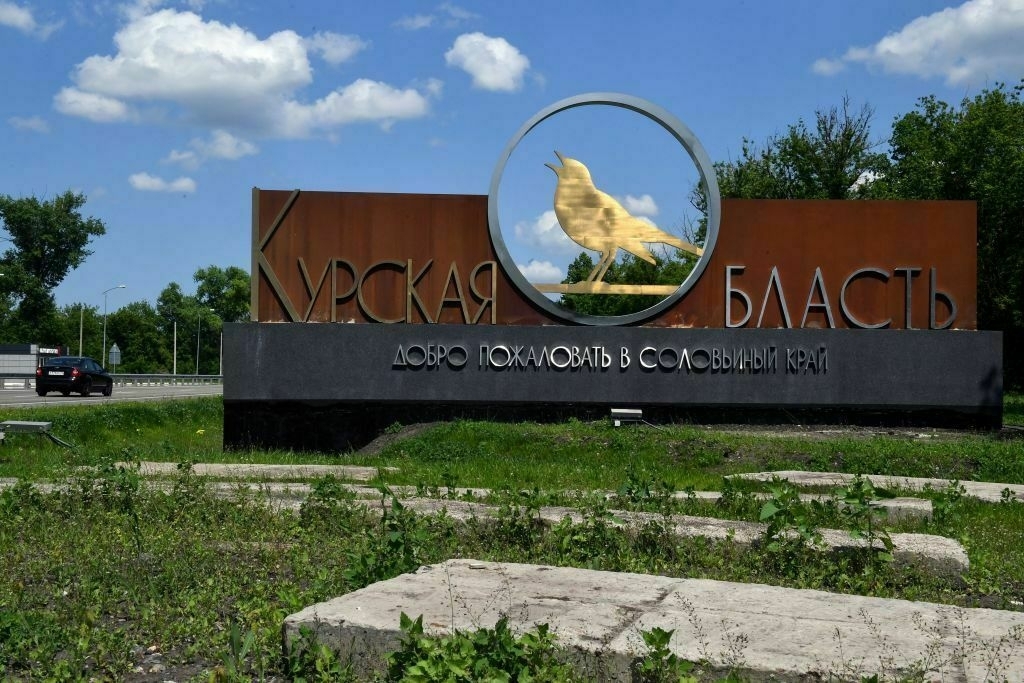
A Chinese journalist was reportedly injured in a drone strike near Russia’s border with Ukraine in Kursk Oblast, acting governor Alexander Khinshtein said on June 27.
According to Khinshtein, 63-year-old reporter Lu Yuguang from the Chinese television network Phoenix TV was wounded in a Ukrainian drone strike on the village of Korenevo in Russia’s Kursk Oblast. He sustained an open head injury and a contusion on the parietal region of his skull, but later declined hospitalization after being examined at a regional hospital, Khinshtein wrote on Telegram.
“Fortunately, the journalist received skin wounds on the head. No other damage was found,” the governor said, adding, “Please refrain from traveling to the border area, it can be dangerous."
If confirmed, this would be the first publicly reported case of a Chinese journalist being injured in Russia’s Kursk Oblast as a result of cross-border drone strikes amid Moscow’s full-scale war against Ukraine. The Kyiv Independent could not independently verify the claims.
Ukrainian forces launched a cross-border incursion into Russia’s Kursk Oblast in August 2024, marking the first large-scale invasion of Russian territory by foreign troops since World War II. The move was intended to disrupt a planned Russian offensive targeting Ukraine’s Sumy Oblast and to relieve pressure on the Donetsk front.
Since then, Ukraine claims it has inflicted 63,402 Russian troop casualties in the oblast, including 25,625 killed and 971 captured. Ukrainian forces also say they have destroyed or damaged over 5,664 pieces of Russian military equipment in the area.
Russia retook most of the lost territory during a renewed offensive in March 2025, supported by North Korean troops.
North Korea likely to send more troops to Russia by August, South Korea saysPyongyang has already begun recruiting soldiers for deployment to Russia, South Korean news agency Yonhap reported.The Kyiv IndependentTim Zadorozhnyy
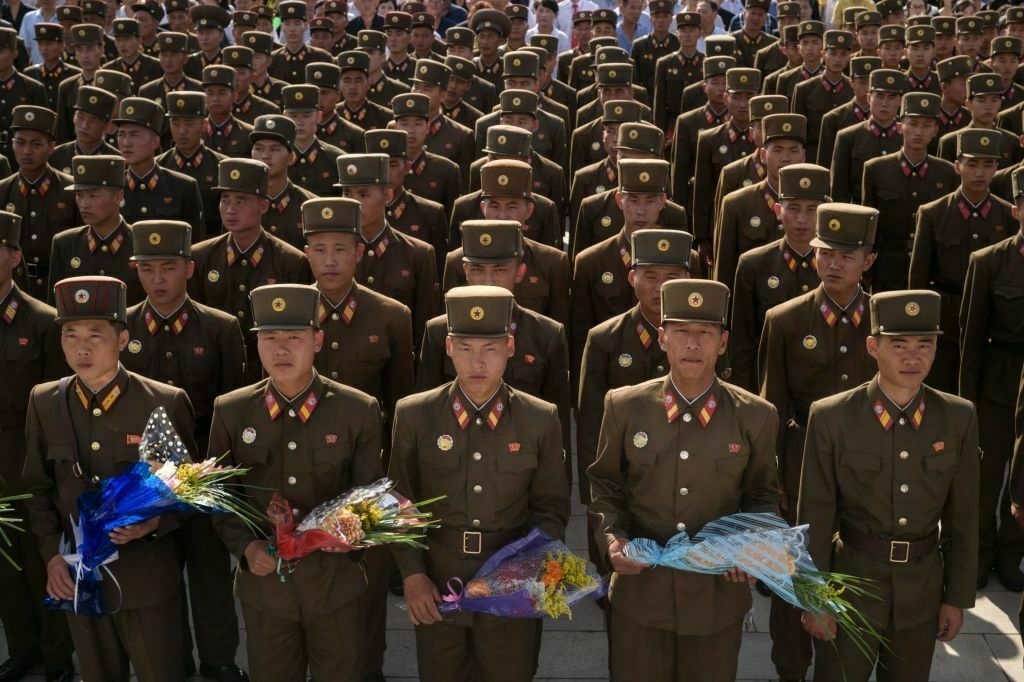
-
General Staff: Russia has lost 1,016,720 troops in Ukraine since Feb. 24, 2022
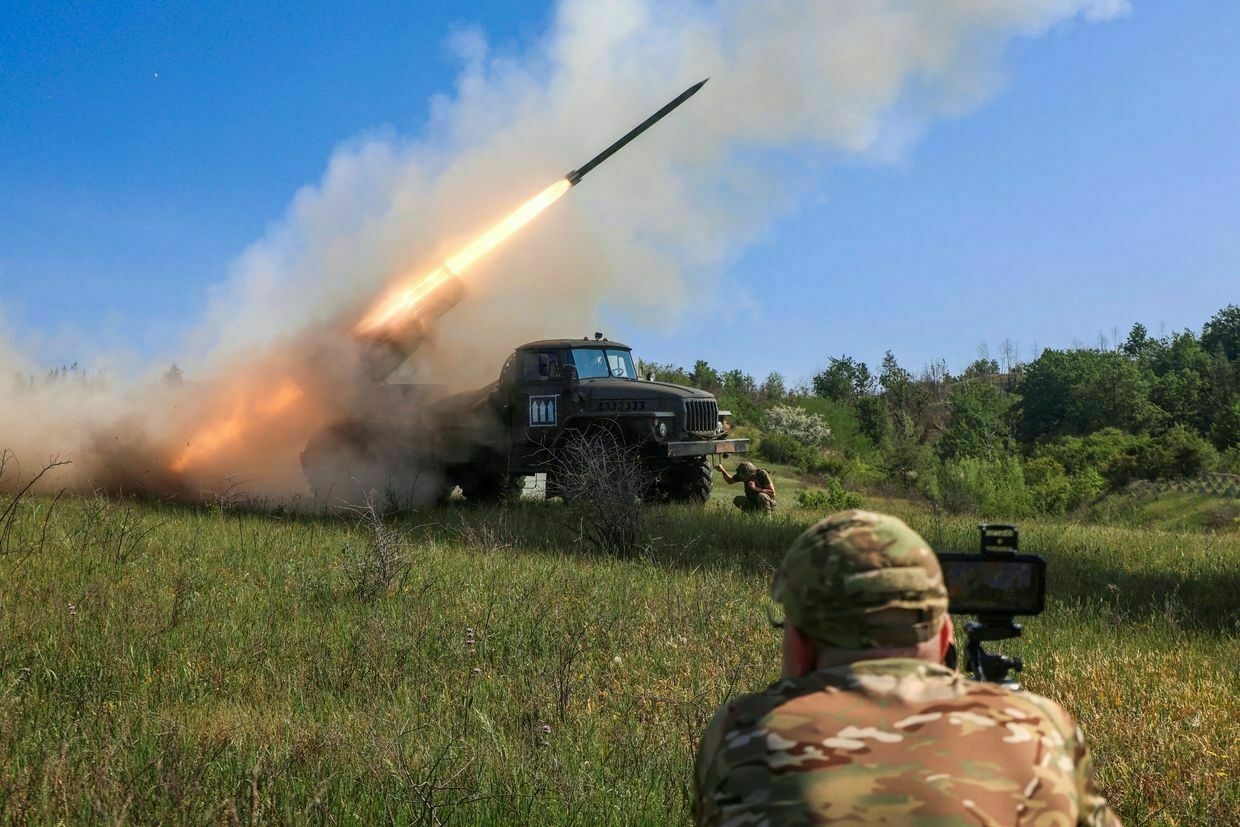
Russia has lost 1,016,720 troops in Ukraine since the beginning of its full-scale invasion on Feb. 24, 2022, the General Staff of Ukraine’s Armed Forces reported on June 27.
The number includes 970 casualties that Russian forces suffered just over the past day.
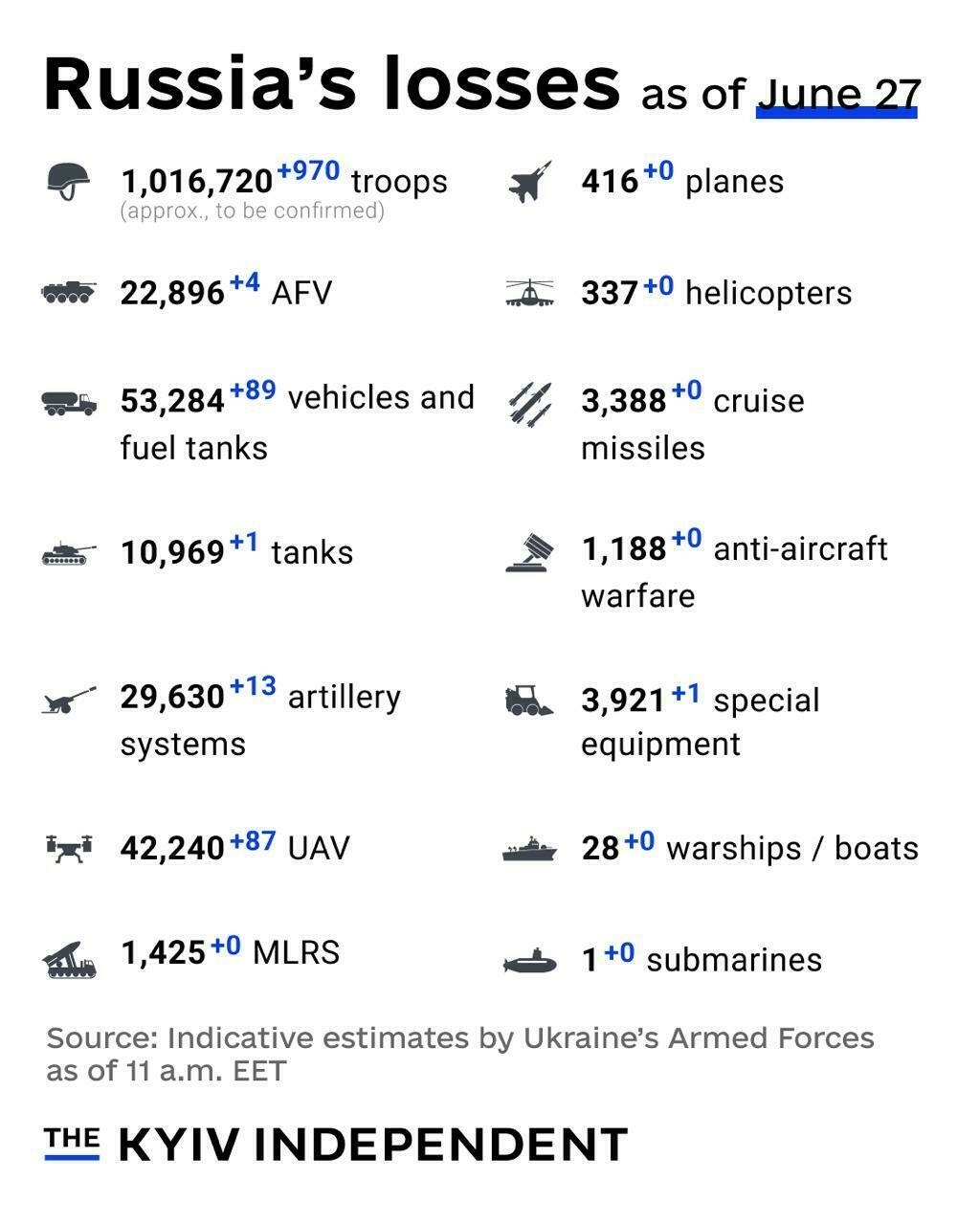
These are the indicative estimates of Russia’s combat losses as of June 27, 2025, according to the Armed Forces of Ukraine. According to the report, Russia has also lost 10,969 tanks, 22,896 armored fighting vehicles, 53,284 vehicles and fuel tanks, 29,630 artillery systems, 1,425 multiple launch rocket systems, 1,188 air defense systems, 416 airplanes, 337 helicopters, 42,240 drones, 3,388 cruise missiles, 28 ships and boats, and one submarine.
Facing manpower shortage, Ukrainian brigade turns to women in first-ever female recruitment driveEditor’s note: This article originated as a winning story idea in a vote by members of the Kyiv Independent’s community. Join our community today and join our exclusive members-only Discord channel, where you can discuss and suggest stories, ask our journalists questions, and more. “Her strength is herThe Kyiv IndependentNatalia Yermak
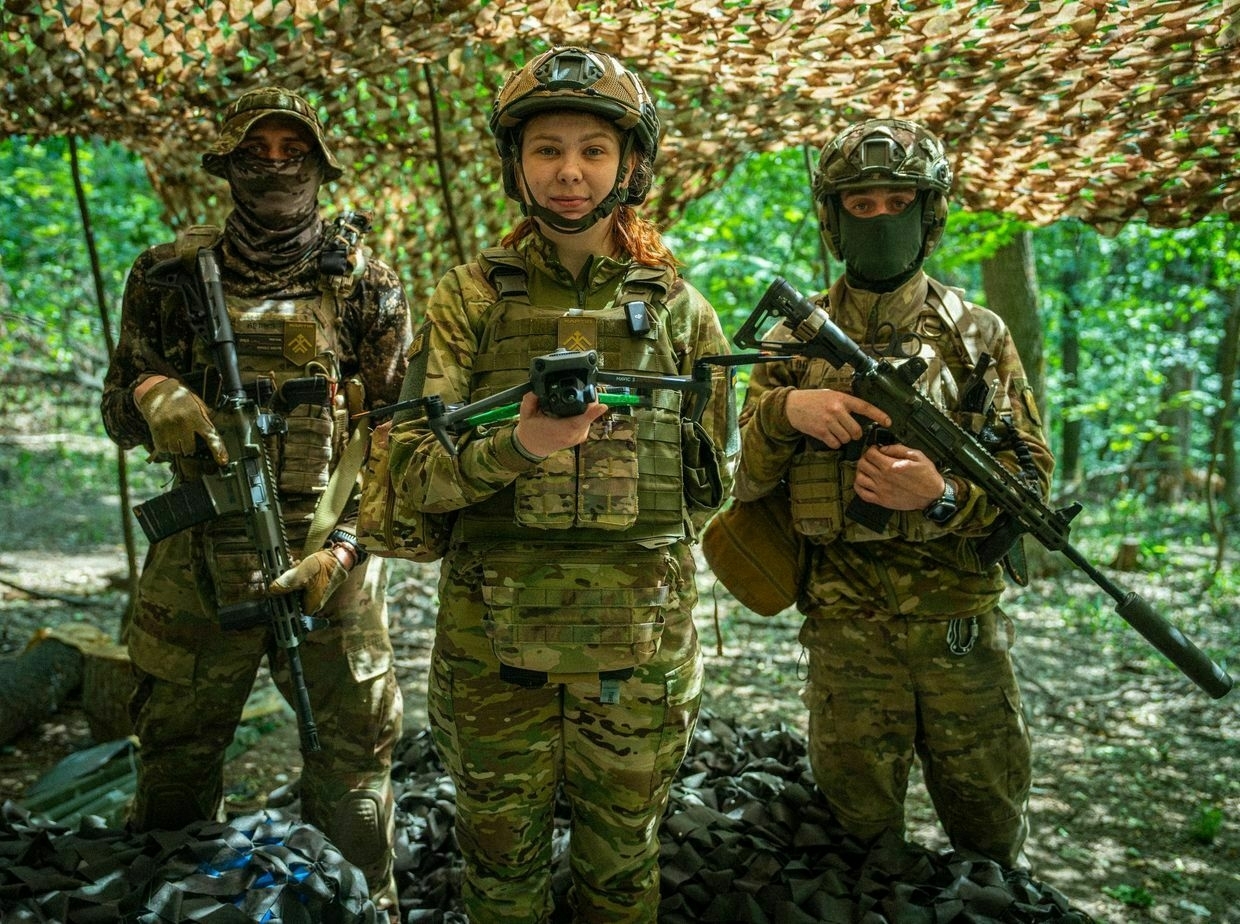
-
Netherlands, Belgium hand over 2 minehunters to boost Ukraine’s naval defenses
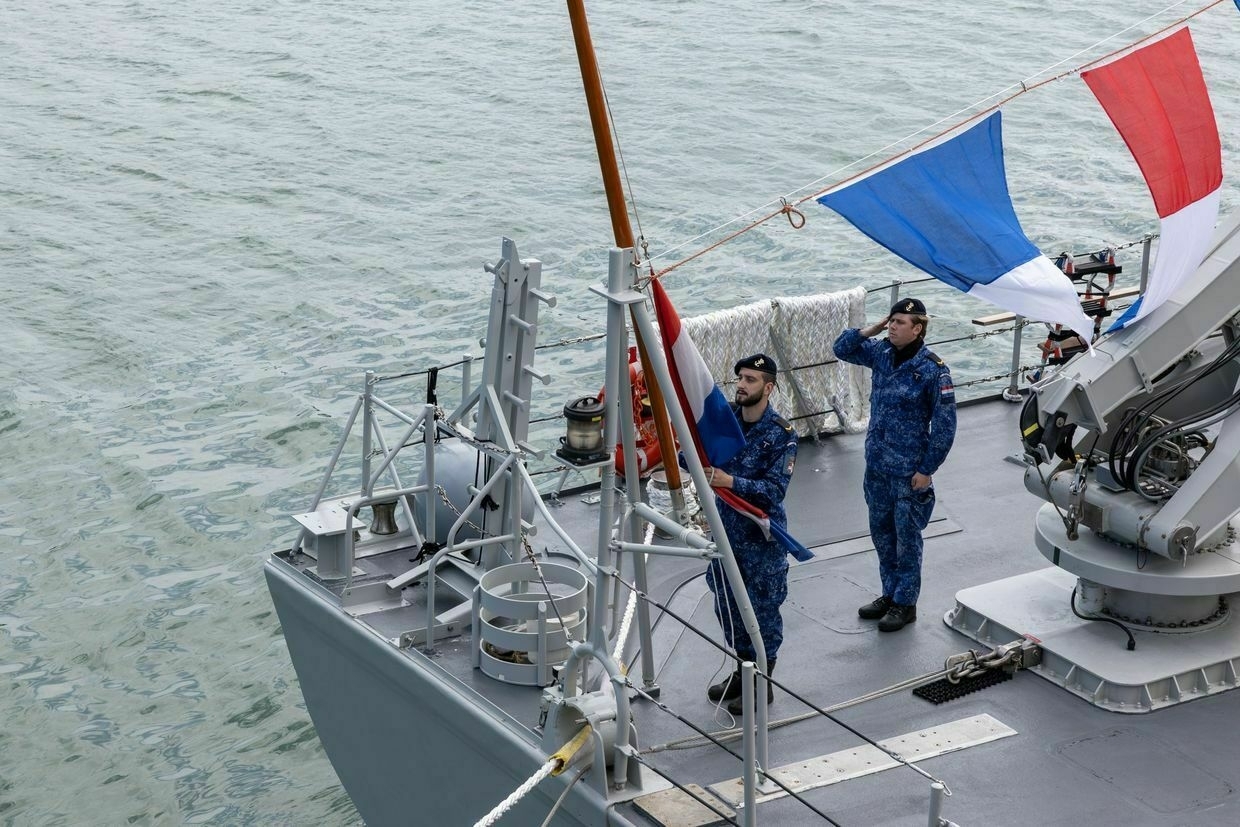
The Netherlands and Belgium have delivered two minehunter vessels to Ukraine to support maritime security in the Black Sea, Dutch Defense Minister Ruben Brekelmans announced on June 26.
“The Netherlands and Belgium are transferring two minehunters to Ukraine. A vital contribution to Black Sea security, and key to safeguarding trade routes and global food supply,” Brekelmans said on X. He added that Ukrainian crews and technicians were trained “in record time.”
According to the Dutch Defense Ministry, the vessels involved are the Belgian ship BNS Narcis and the Dutch Zr.Ms. Vlaardingen. The official handover ceremony took place earlier in Zeebrugge, Belgium, but was disclosed only later due to security concerns.
“The major ports of Odesa and the Black Sea shipping lanes are the lifeblood of the Ukrainian economy,” Brekelmans said. “And (they are) under constant threat. Ukraine may not win the war at sea, but it can certainly lose the war there. We simply cannot let that happen. That is why it is so important for maritime security and free passage that Ukraine can use minehunters."
Since Russia’s full-scale invasion of Ukraine began in February 2022, the Netherlands has provided Kyiv with a combined 8.4 billion euros ($9.4 billion) in support, according to the Kiel Institute for the World Economy while Belgium has allocated over two billion euros (about $2.2 billion) in support, including military, financial, and humanitarian assistance.
Putin under pressure to declare war on Ukraine, but experts say Russia isn’t readyDespite suffering over 1 million casualties, pounding Ukrainian cities nightly with missiles and drones, and committing countless war crimes, one startling fact about Russia’s full-scale invasion remains — Moscow has yet to officially declare war on Ukraine. In February 2022, Russian President Vladimir Putin described what he believed was going to be a swift victory and the capture of Kyiv within days as a “special military operation.” Nearly three-and-a-half years later, the Kremlin is stuck The Kyiv IndependentChris York
The Kyiv IndependentChris York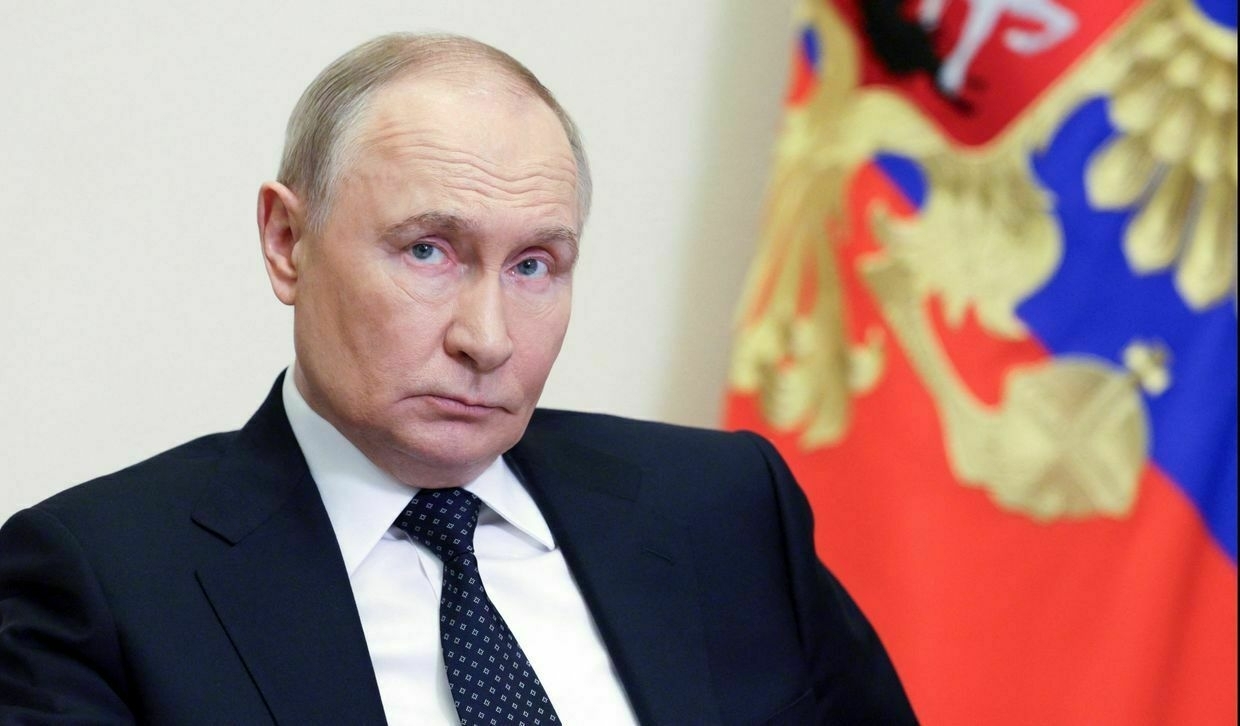
-
Russia's 'relentless' drone strikes cause over 3,000 civilian casualties in Ukraine, UN reports
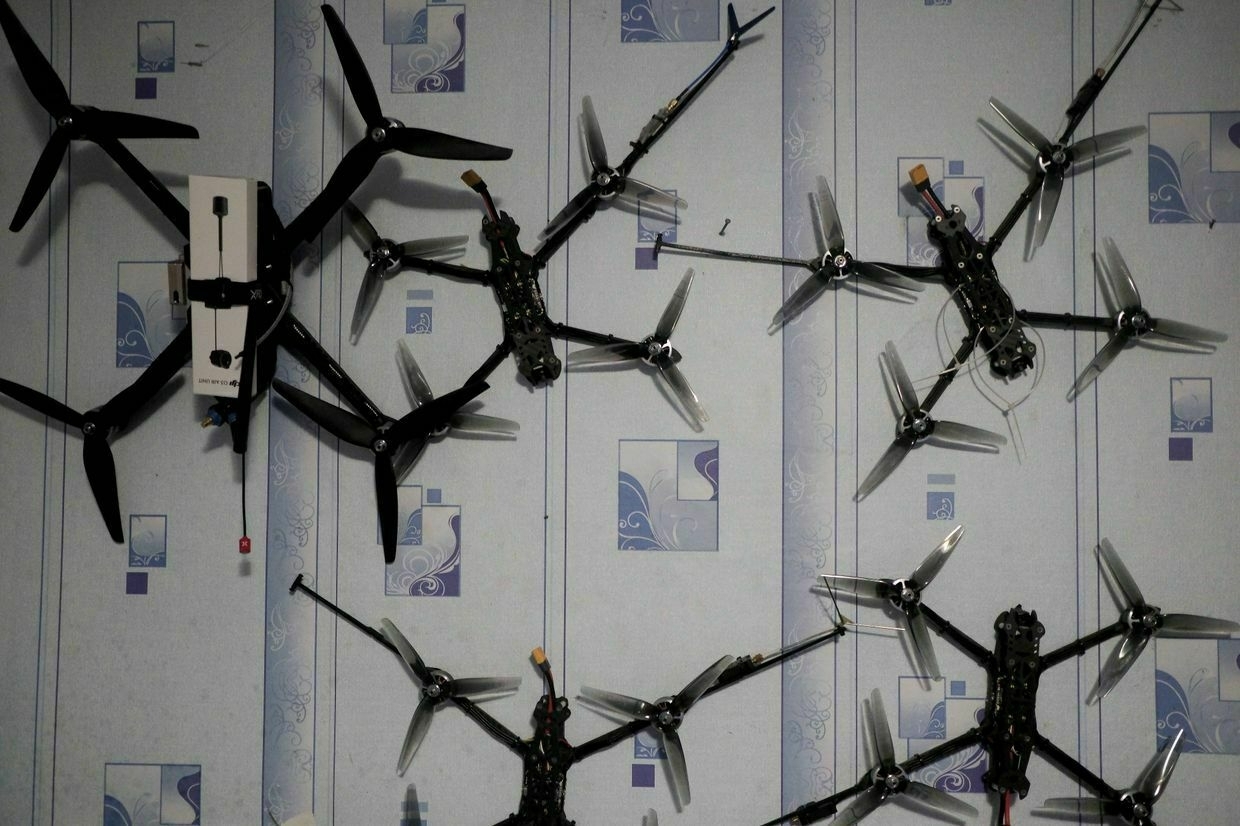
Short-range drone attacks have become one of the deadliest threats to civilians in Ukraine’s front-line regions, killing at least 395 people and injuring 2,635 between February 2022 and April 2025, according to a new bulletin by the UN Human Rights Monitoring Mission in Ukraine.
The report, “Deadly Drones: Civilians at Risk from Short-Range Drones in Frontline Areas of Ukraine,” highlights the growing use of first-person-view (FPV) drones by Russian forces and their devastating impact on the civilian population.
The bulletin documents attacks in which drone operators deliberately targeted civilians engaging in daily activities — driving private cars, riding bicycles, walking outdoors, or evacuating others in clearly marked ambulances.
“Although individually less destructive than artillery or missiles, the sheer scale and increasing frequency of short-range drone attacks have made them one of the deadliest weapons in Ukraine,” said Danielle Bell, head of the mission. “Over 3,000 civilian casualties — and the relentless frequency of these attacks — have not only caused immense human suffering but also instilled fear, severely disrupted daily life, and crippled access to essential services in several frontline communities."
The monitoring mission documented, verified, and analyzed 3,030 civilian casualties resulting from short-range drones between 24 February 2022 and 30 April 2025. The researchers conducted site visits to very high-risk areas, including the southern city of Kherson, Zolochiv in Kharkiv Oblast, and other front-line locations. Investigators interviewed survivors and witnesses of drone attacks, medical personnel, and humanitarian workers to assess the full impact of these strikes on civilian life.
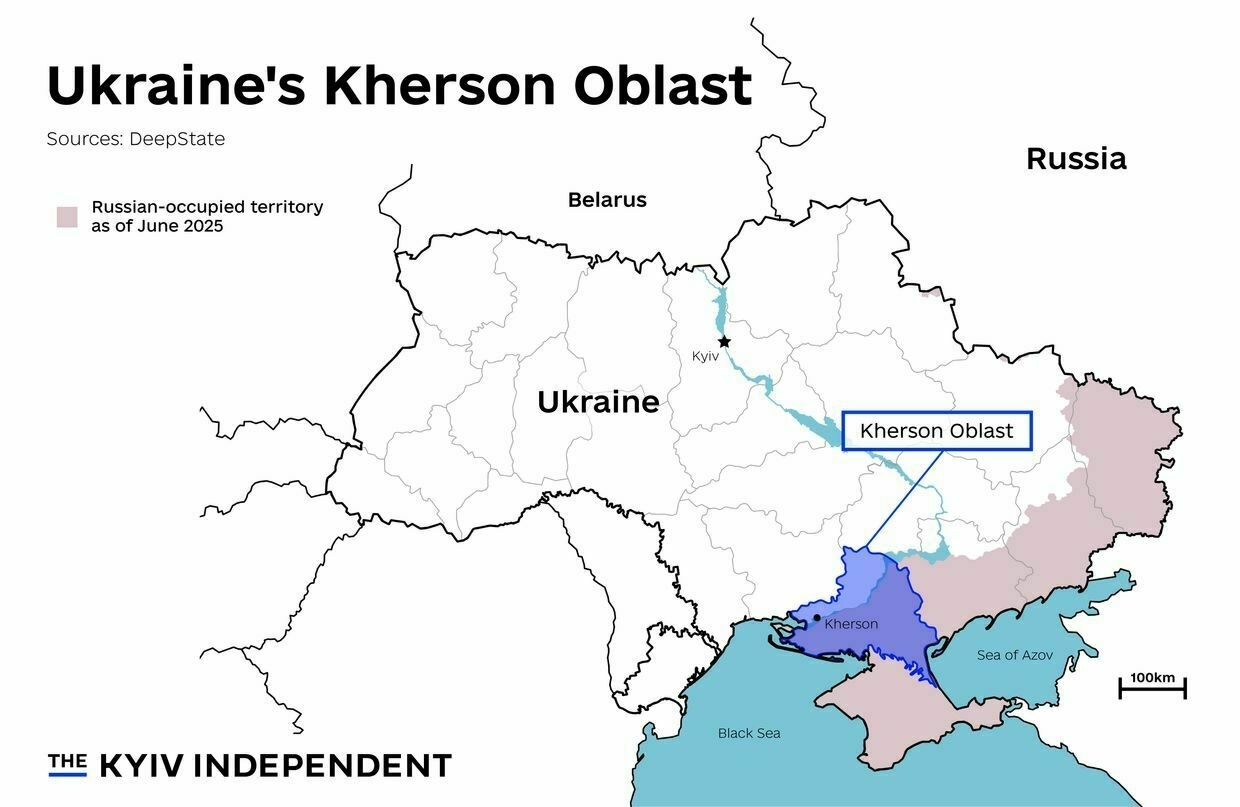
Ukraine’s Kherson Oblast (Nizar al-Rifai/The Kyiv Independent) Casualties surged in late 2023 and early 2024, with numbers suddenly doubling in July 2024. April 2025 marked the deadliest month on record, with 42 civilians killed and 283 injured. Drone strikes continued into May and June.
On 23 June, a 65-year-old driver was killed in Kostiantynivka, Donetsk Oblast, when a drone struck a minibus. In Kharkiv region, a 58-year-old volunteer was killed on 22 May when a drone dropped a munition on a residential balcony. On 20 May, six civilians were injured when a drone hit a bus in Kherson Oblast.
The vast majority of casualties — 89% — occurred in territory controlled by the Ukrainian government. The UN says these attacks violate international humanitarian law, particularly the principles of distinction and precaution, and may in some cases constitute war crimes.
Facing manpower shortage, Ukrainian brigade turns to women in first-ever female recruitment driveEditor’s note: This article originated as a winning story idea in a vote by members of the Kyiv Independent’s community. Join our community today and join our exclusive members-only Discord channel, where you can discuss and suggest stories, ask our journalists questions, and more. “Her strength is herThe Kyiv IndependentNatalia Yermak
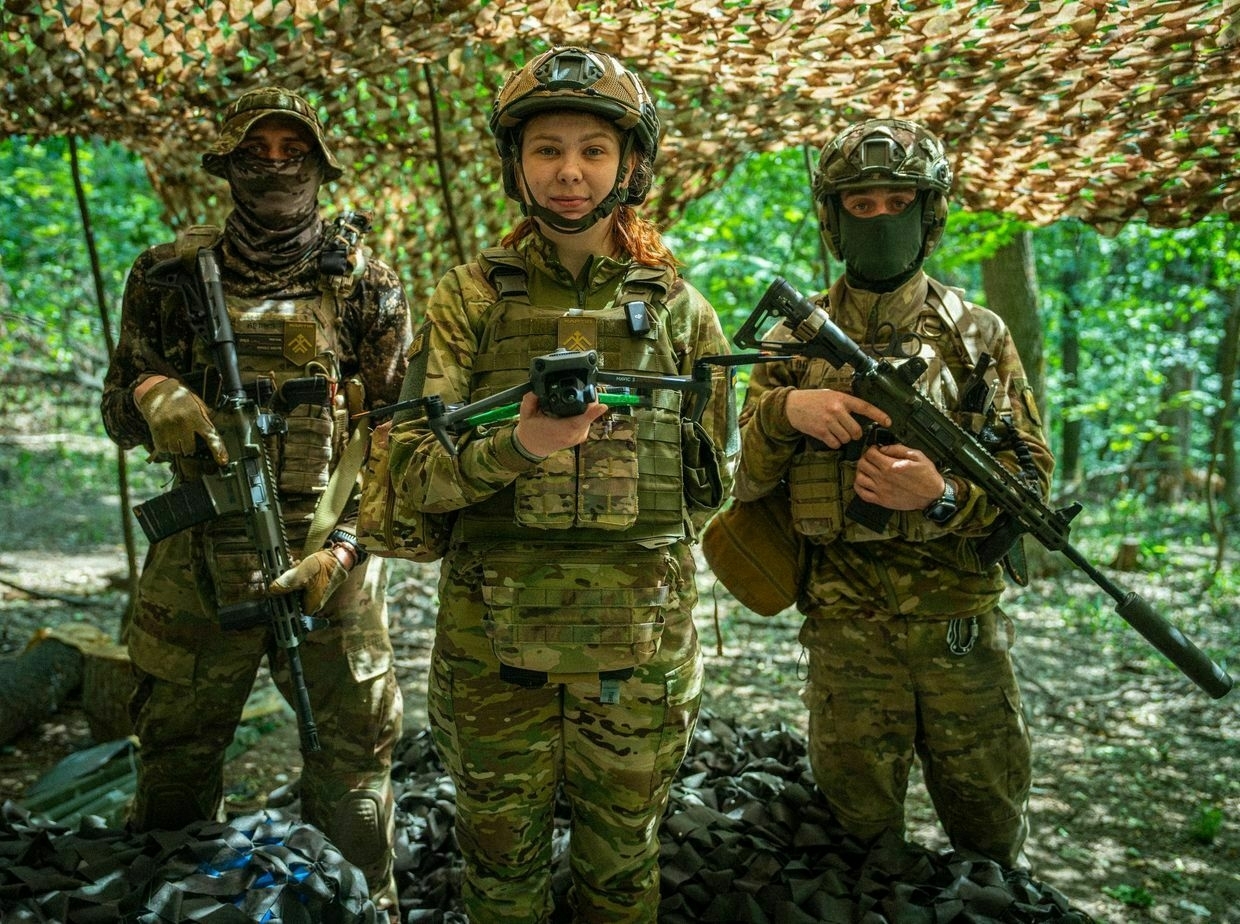
-
Russia offers cash to teachers to Russify occupied Ukraine, report says

Russia is using financial incentives to recruit teachers, cultural workers, and coaches to work in occupied parts of Ukraine in a campaign aimed at reshaping local identity and fostering loyalty to Moscow’s regime, according to a report published by the Center for European Policy Analysis (CEPA) on June 26.
The Kremlin is offering up to two million rubles (around $22,000) to Russian teachers who agree to work for five years in occupied areas of Donetsk, Luhansk, Zaporizhzhia, and Kherson oblasts, and one million rubles for positions in Crimea.
The initiative, an extension of Russia’s “Zemskyi Uchitel” (Rural Teacher) program, which originally targeted underserved regions in Russia, was formally launched in the newly occupied Ukrainian territories in 2024 — though Russian educators began arriving as early as 2022.
Over 100 teachers have relocated to Crimea through the program, according to Ukraine’s Regional Center for Human Rights/ Most of them arrived from regions including Krasnodar, Altai Krai, Tomsk, Novosibirsk, Saratov, Tyumen, Ivanovo, and the Republic of Udmurtia.
“We have documented cases of teachers — and people assigned to managerial roles, such as school principals and deputy heads — arriving as early as 2022,” said Kateryna Rashevska of Ukraine’s Regional Center for Human Rights. “The first group came from Dagestan, arriving in the occupied Zaporizhzhia region, and by 2024, there were already 37 teachers from Dagestan working there.”
According to Rashevska, these teachers often lead courses in Russian language, history, and “basics of life safety and defense of the Motherland” — classes focused on conscription and military training. “These people are also involved in reprogramming Ukrainian children, attempting to raise them as Russian patriots and future members of the Russian armed forces,” she added.
In parallel, Russia is also exerting pressure on Ukrainian teachers in occupied areas to adopt the Russian curriculum. Those who refuse face serious consequences. “In Berdiansk, a school principal was deported for refusing to open the school under Russian standards,” said Mariia Sulialina, head of Ukrainian NGO Almenda. “According to the occupiers, his stance and influence also discouraged other teachers from working in Russian-run schools.” Sulialina noted that teachers are now required to praise President Vladimir Putin and report “extremist behavior” among students — often defined as pro-Ukrainian views.
Human rights experts say these efforts amount to colonization and are violations of international law, including Article 49 of the Geneva Convention and Article 8 of the Rome Statute. “Russia plans to move another 100 teachers into occupied areas in 2025 — a clear example of colonization,” Rashevska said. Despite existing legal tools, she added, “The International Criminal Court still doesn’t prioritize colonization… even though these federally coordinated programs involving teachers, cultural workers, and coaches create a clear chain of command.”
Putin under pressure to declare war on Ukraine, but experts say Russia isn’t readyDespite suffering over 1 million casualties, pounding Ukrainian cities nightly with missiles and drones, and committing countless war crimes, one startling fact about Russia’s full-scale invasion remains — Moscow has yet to officially declare war on Ukraine. In February 2022, Russian President Vladimir Putin described what he believed was going to be a swift victory and the capture of Kyiv within days as a “special military operation.” Nearly three-and-a-half years later, the Kremlin is stuck The Kyiv IndependentChris York
The Kyiv IndependentChris York